This is the work of Susan Brooks.
Helen Holt, who is Quirky Berkeley Royalty and whose Helly Welly Lamp Shop is a must-go-zone, told me last summer that I had to meet Susan. I finally did. Boy am I glad I did. I tell you – you must meet her and see her quirk.
Brooks grew up in the Bronx.
Her father was Bert Brooks. He is holding Lord Rumsey.
Brooks was a designer and molder of plastic toys. These are two examples of his work. Susan grew up in her father’s shop, carving plaster, chasing on copper (explained in a minute), and getting comfortable with his tools. She at times poured molten lead. What could possibly go wrong?
After some time at the Parsons School of Design in New York, Brooks followed her dream and a boyfriend to Berkeley, arriving on July 31, 1971. The boyfriend didn’t last. Berkeley lasted and art lasted.
Her studio / gallery are in the Kawneer Building, which I know as the Sawtooth Building – 2547 Eight Street, Studio 24a. She has been there for 15 years.
The building is a Berkeley Landmark. Daniella Thompson wrote a thorough and brilliant history of the building. The building has its own website as well. Studios in the building house glass blowers, woodworkers, sculptors, potters, jewelers, designers, musicians, painters in oil, acrylic, and watercolors, restorers, furniture makers, dancers, and moving artists.
In her studio – her graphic work, her jewelry, and her Objects of Mirth and Desire figures. Plus some of her collection of quirky things.
Her first medium was painting.
From 1971 until 1979 she did graphic work for the Keystone Club on University at Shattuck to supplement her earnings as a painter.
She saw that graphics alone might not pay the bills.
In 1985 she developed her skills as a metal smith and branched out into jewelry. She uses her father’s chasing tools for her metal work.
Chasing is surface decoration. She does both chasing and repousse. Repousse is a metal-working technique in which a malleable metal is ornamented or shaped by hammering from the reverse side to create a design in low relief. It is a form of toreutics, which we all know is the art of making designs in relief or intaglio.
These two photos illustrate chasing. Wow.
What do I know about necklaces and earrings? Nada. But I do know that these rock a quirky vibe.

Hand-fabricated sterling and gold earrings displayed on a painting by Susan Brooks. Photo by Susan Brooks

Hand-fabricated gold with quartz earrings displayed on a painting by Susan Brooks. Photo: Susan Brooks
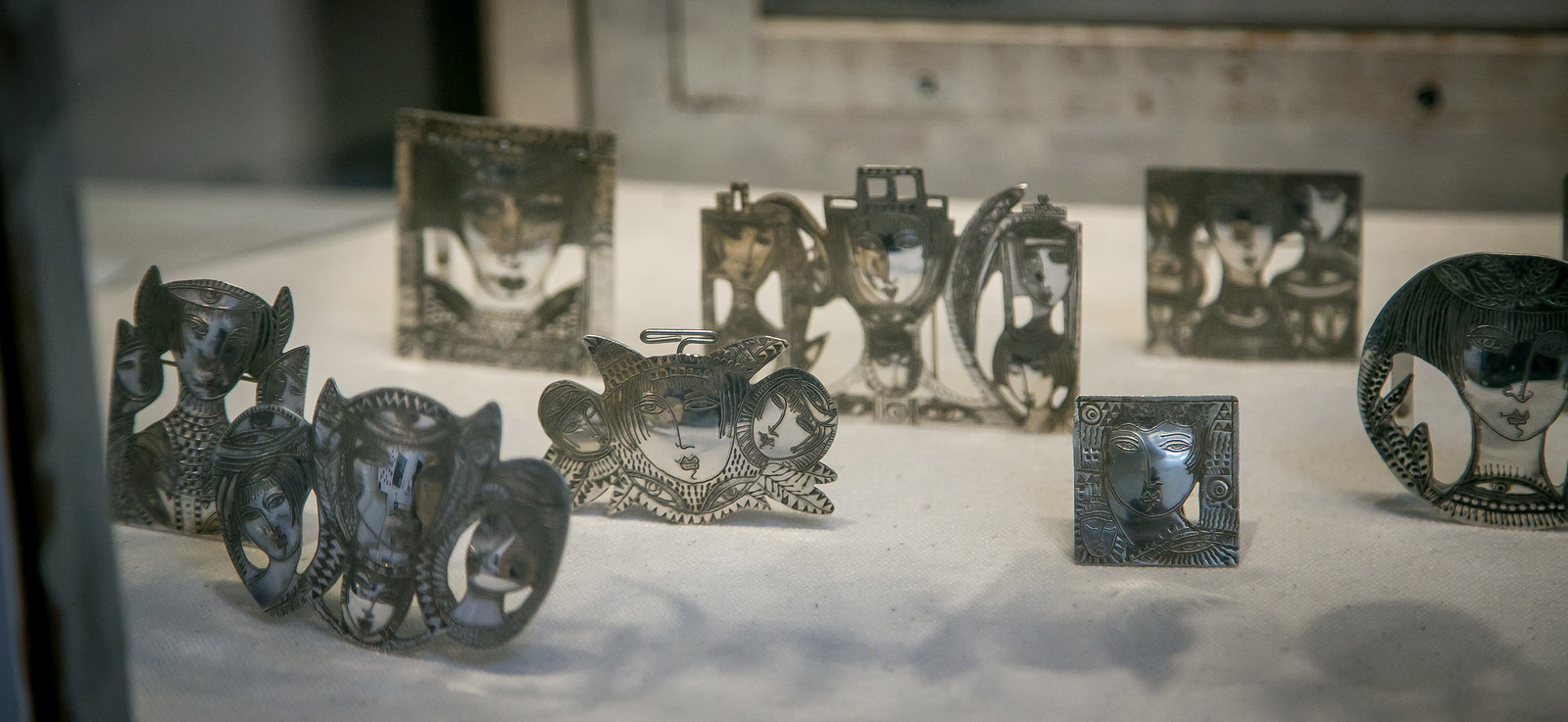
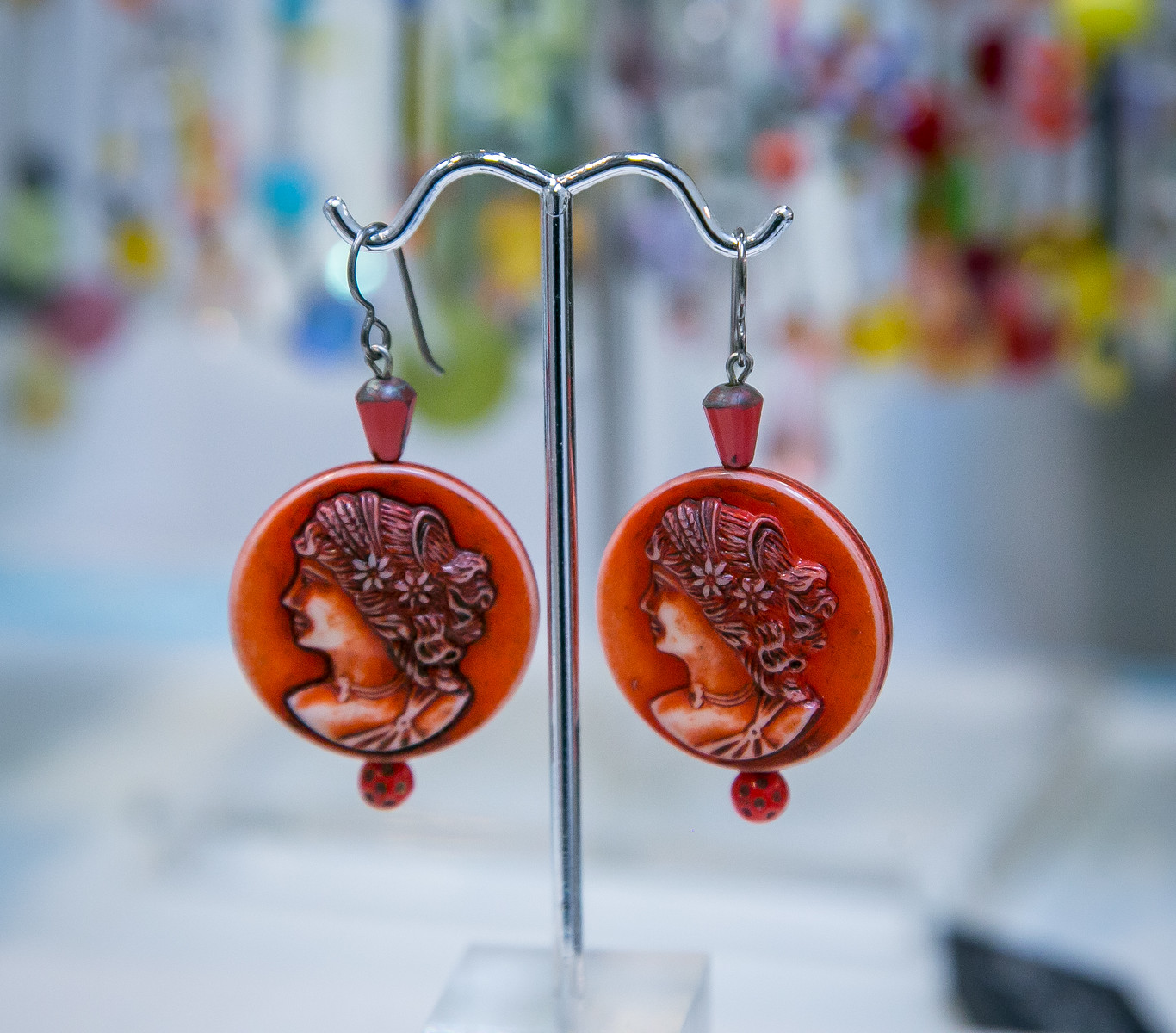 And then came the Objects of Desire and Mirth, which were conceived and born in profound loss and grief.
And then came the Objects of Desire and Mirth, which were conceived and born in profound loss and grief.
Susan’s sister Kathe Kaufmann died in September 2016.
In February 2017, Brooks channeled her grief into a project – making small figurines as part of an undertaking she calls “Objects of Desire & Mirth.” She writes: “I wasn’t sure where I was going with this project. I didn’t even know it was a project, but soon it became clear. I would make 1000 figures in batches, and see where it took me. I could tune out the news cycle and just play with clay to put my mind at ease. I began to delight in the magic little world that I was starting to create.”
She uses her father’s chasing tools working with clay. By the Ides of March she had finished about 300 pieces.
At first, they were not two-sided, but the project evolved into that. Now – “I tend to anthropomorphize. Many of these figures are two-sided, with an animal or insect on the back as an alter ego.”
She carves them without sketches. What they are supposed to be reveals itself. They are fired twice to vitrify the clay.
She paints them.
The magnifying visor comes in handy.
They wait for display in boxes. Here they socialize and get to know each other.
When the moment arrives, they go on display.
Jim Rosenau, whose studio is just a few doors away from Brooks, makes these shelves with books. They amuse!
Now some close-ups. I appreciate that I am including more close-ups than most readers will want. Sorry. Scroll down. I love them – that’s it.
This final figurine depicts Yayoi Kusama, a Japanese artist who works with vast fields of polka dots, or “infinity nets”, as she calls them. The earliest recorded work in which she incorporated these dots was a drawing in 1939 at age 10. I waited an hour outside in line in winter Washington D.C. to see her exhibit. I am glad that I acted on the recommendation that I had received to see the exhibit. Really something.
Brooks recognizes that her figurines might be compared to a Frozen Charlotte doll.
Frozen Charlotte describes a specific form of china doll, a standing, naked figure moulded as a solid piece. They were made from around 1850 until around 1920. The name of the doll originates from the American folk ballad “Fair Charlotte,” based on the Seba Smith poem “A Corpse Going to a Ball” about a young girl who froze to death during a sleigh ride. She refused to wrap up warmly because she did not want to cover up her pretty dress; she froze to death during the ride.
The mother to her daughter said,
“These blankets round you fold;
For it is a dreadful night, you know,
You’ll catch your death of cold.”
“Oh, no! Oh, no!” the darling cried,
She laughed like a gypsy queen,
“For to ride in blankets muffled up,
I never could be seen.”
As for the mirth/desire figurines, almost 500 exist in various states of completion. She generally does not name them, thinking that this task is better suited for their forever home.
She asks herself – “Am I going to be an old lady making tiny figures when I’m 90? Maybe…”
So that’s what Brooks makes. She also collects.
For 45 years, Brooks has been collecting figures characterized by an Odd Stance and a Strange Glance. Many but not all wear high-waisted pants.
Shortly before visiting Brooks I came across the carved man on the left. He has the stance and the glance and the high-waisted pants. I gave him to Brooks and almost immediately he hit off with a lady, his other half. Brooks finds that the figures she collects often find love with a kindred spirit in the collection.
Another example of romance in the air:
This is Slug Girl. She was a gift to Brooks.
On the far left is Kelpie. He spends his workday with two friends (one of whom is in the stance and glance club) but the minute that work is done he’s with Slug Girl. Kelpie and Slug Girl – an other-half situation that you wouldn’t predict at first glance.
Or these two:
Of them she writes: “ Though he was a nudist, and clearly she was not, she always put him on a pedestal.”
She went a step farther, sending me this:
She called this: “So happy together / so how is the weather?”
These are Billikens, a charm doll that is known as “The God of Things As They Ought to Be.”
Florence Pretz, a young art teacher and illustrator from Kansas City, is said to have seen the figure in a dream.
In 1908 she was granted a design patent. The Billiken was elephant-like with pointed ears, a mischievous smile and a tuft of hair on his pointed head. His arms were short and he was generally sitting with his legs stretched out in front of him. The Billiken was a big fad for a few years and then faded into obscurity.
The Billiken craze was not kind to Pretz. The Iron County Register in Oronton, Missouri, described Pretz and the craze on December 2, 1909: “To Miss Pretz they mean $30 a month royalty while thousands go to the bank accounts of the men who have involved the designer in a maze of technically worded contracts and agreements not understood when she signed them.”
Anyway, though, the thing is – back to the Brooks studio and her collections of Quirky Things.
She is the Gherkin girl.
Gherkins are very small cucumbers. Brooks got a fresh Gherkin to adorn the girl for our visit.
Enough? Sufficient? Adequate?
We have: A sweet childhood story in her father’s toy-making studio. A story of profound loss and grief.
Painting, jewelry,ceramic figurines – all epically good.
Clever naming.
Billikens and Frozen Charlotte and Topsy-Turvy dolls.
There’s more.
In 1991, Brooks’ interest in the needs of studio artists led her to co-found Berkeley Artisans Holiday Open Studios, a self guided tour of professional artisan workshops. She still runs the event.
No ifs ands or buts. Susan Brooks is Quirky Berkeley royalty. She has taken her Oath, and returned again to her Chair, and the Bible has been delivered to the Dean of Westminster. Queen!
Of course she knows Helen Holt and Jon Balderston and the Seabury brothers and the Addisons Julie and Geneva. Of course. Because it is a linked-in world.
As I worked on this post, Brooks sent me a photo:
Scary! She used the term doppelgänger to describe the figure on the left. Could this be my evil twin, or my stranger twin. Scary!
I took the draft post to my friend. He had accompanied me to the Brooks studio and had heard a little bit about the Billikens. He jumped down that rabbit hole. Working over the phone with Gabby, he came up with a little bit more on the Billiken.
It is believed that Pretz found the name Billiken in Bliss Carman’s 1896 poem Mr. Moon: A Song Of The Little People. 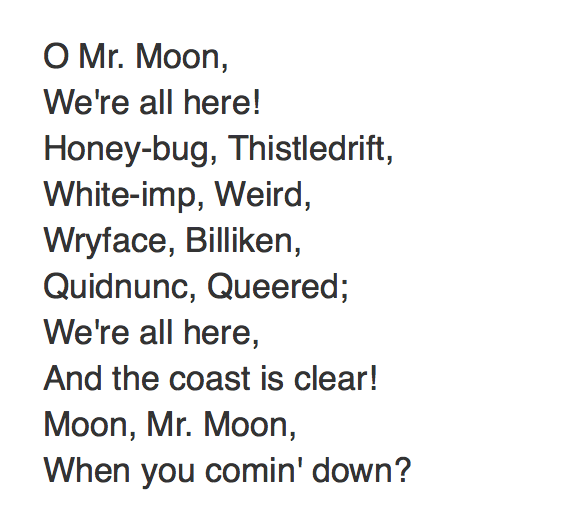
A quidnunc is, since you asked, an inquisitive and gossipy person.
Gabby found and mailed him by Priority USPS two pieces of Billiken sheet music that he found at an EBTH auction in Baltimore.
He put down the sheet music and mused out loud about Brooks and her seeming ability to help her Stance and Glance crowd find their other halves. He said, “We think that the word for a Jewish matchmaker is yenta or yente. Yenta actually means a gossipmonger. Fiddler on the Roof is the root cause of our confusion. The character Yente is the matchmaker for the fictional village of Anatevka. The Yiddish word for matchmaker is shadchan”
He got wistful. I know what he was thinking – he was thinking about a woman he called Sis. I wasn’t going to bring her up if he didn’t.
He didn’t.
I asked for his take on Brooks and this post.


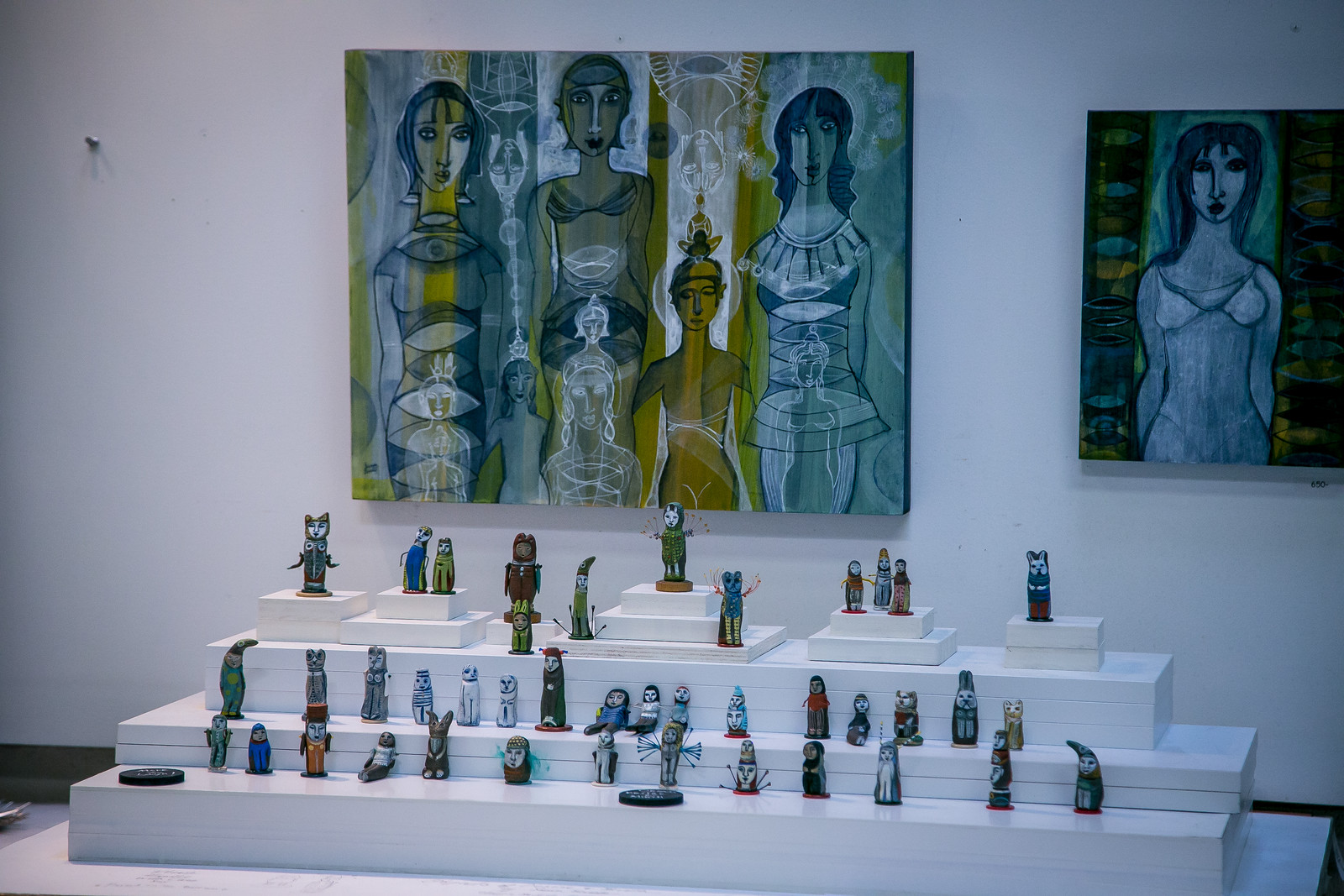
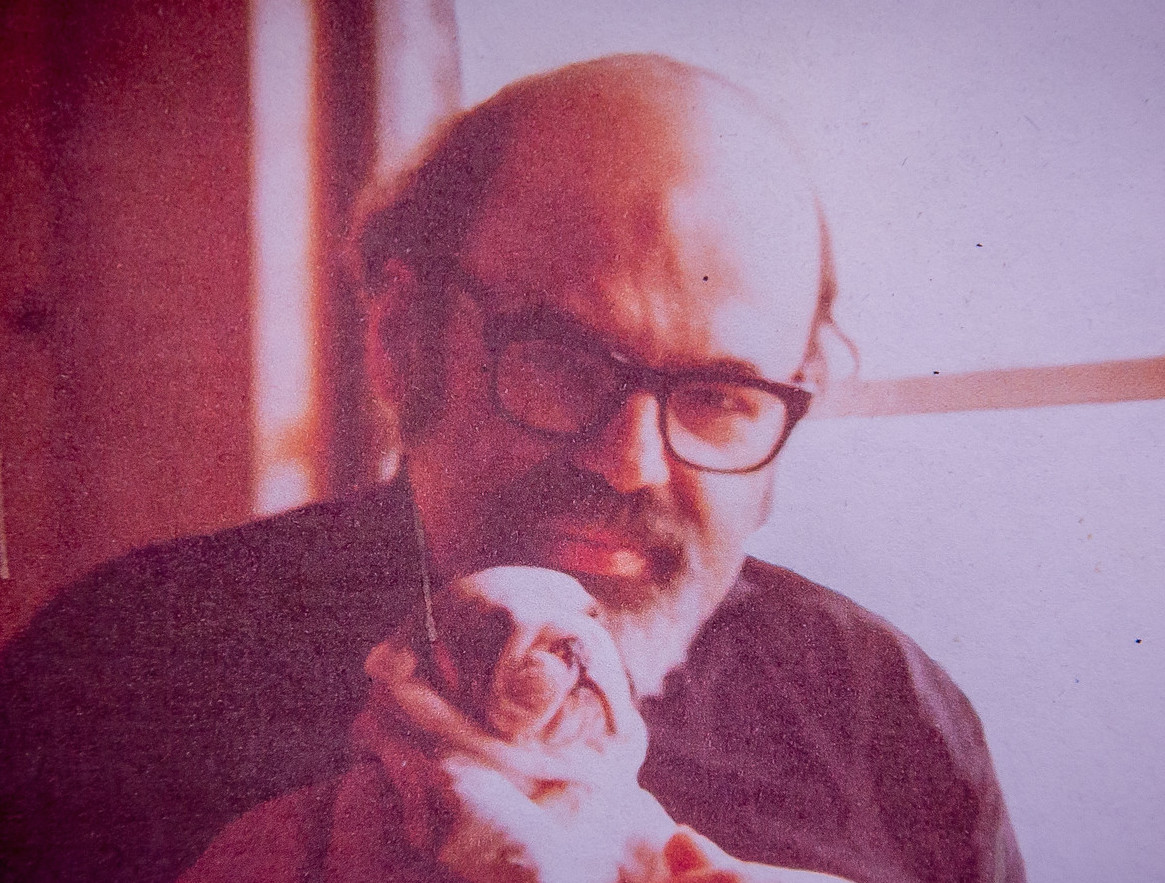
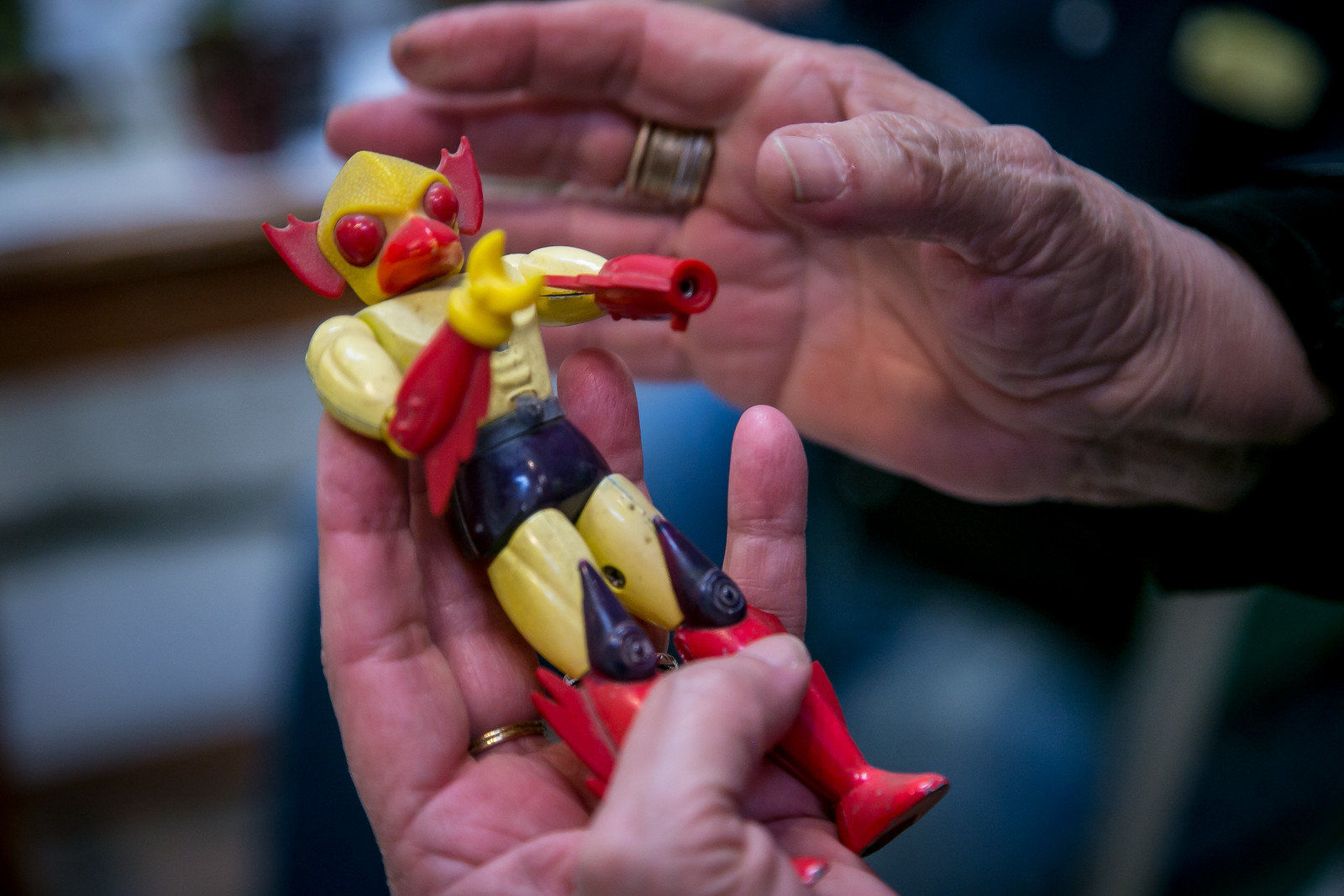
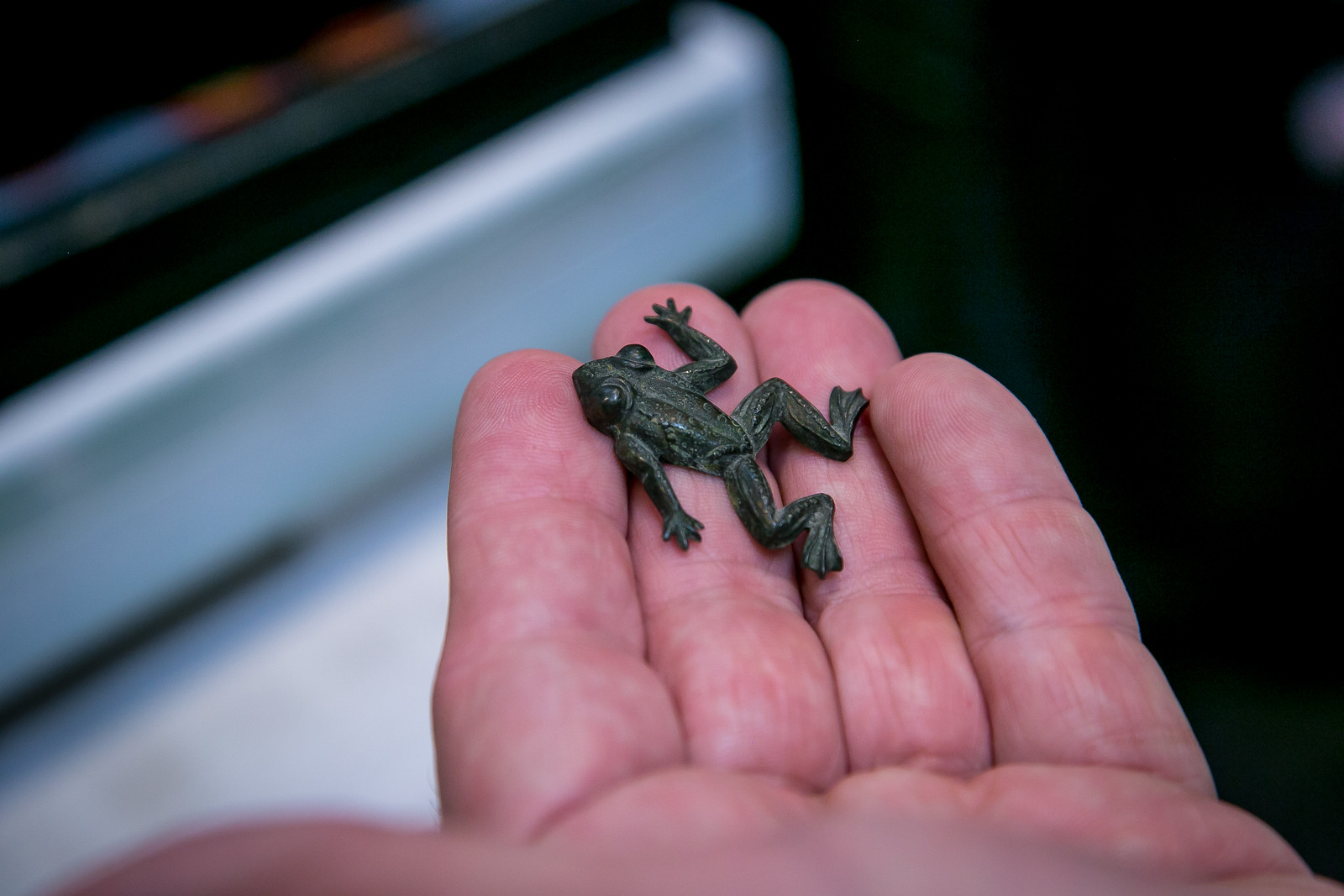
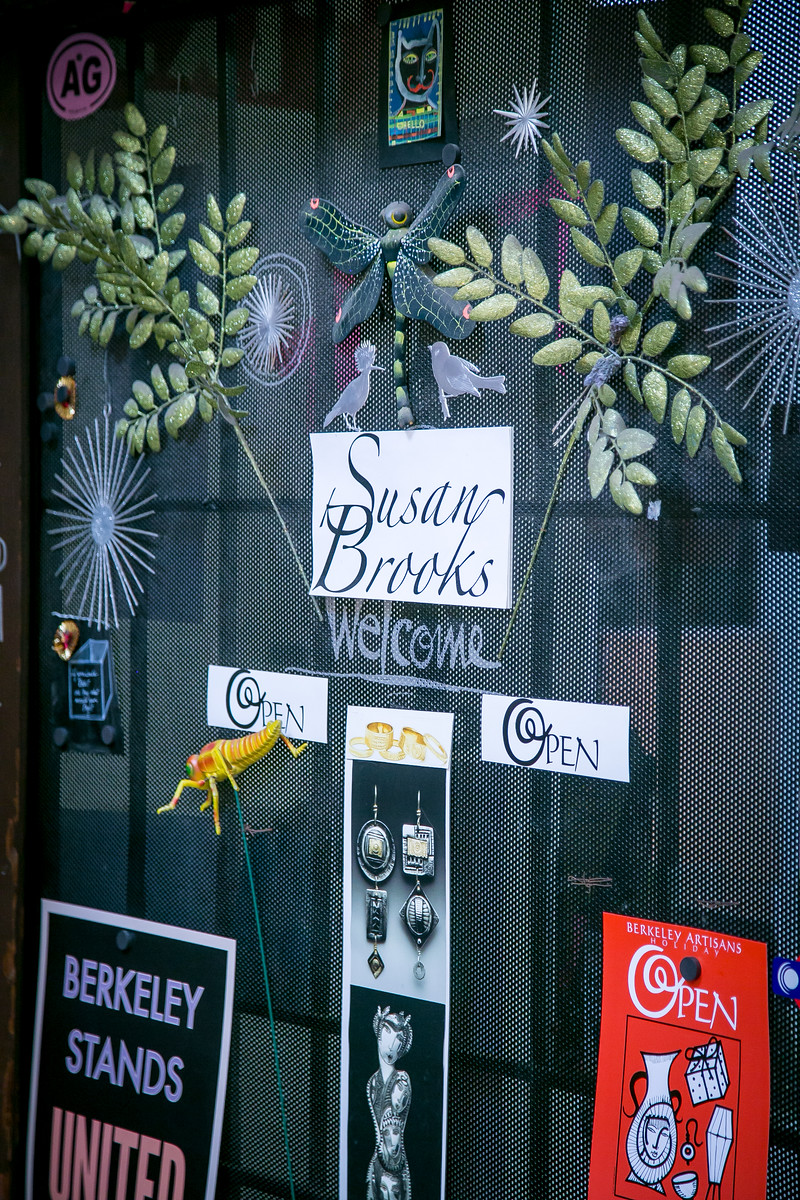
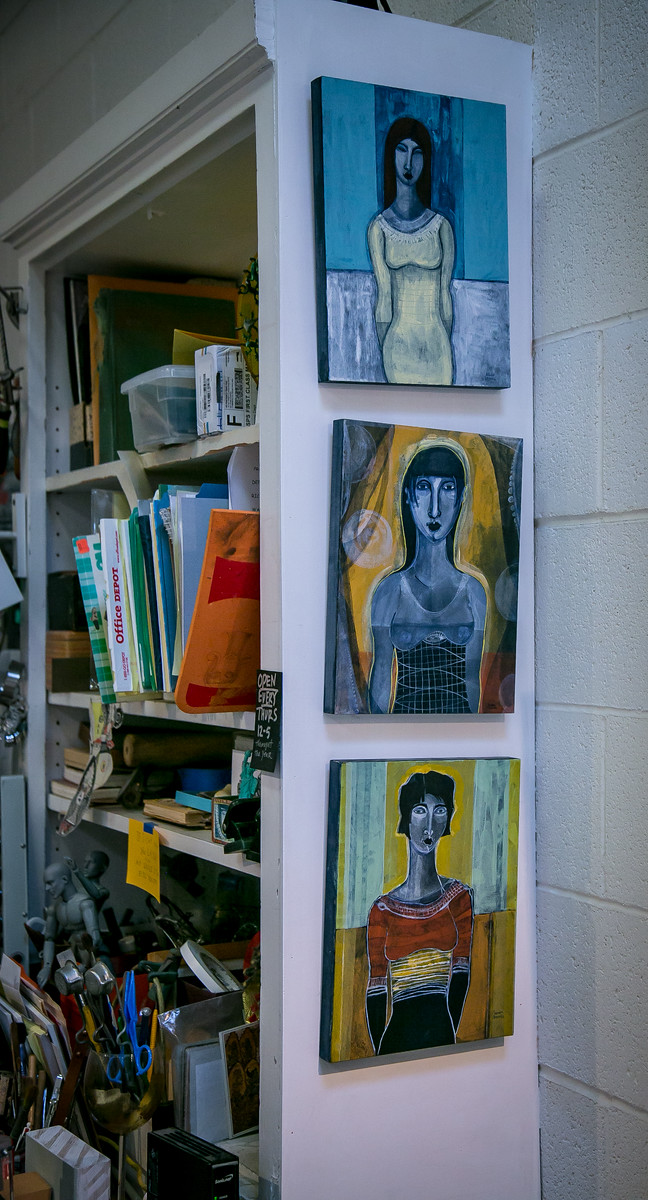
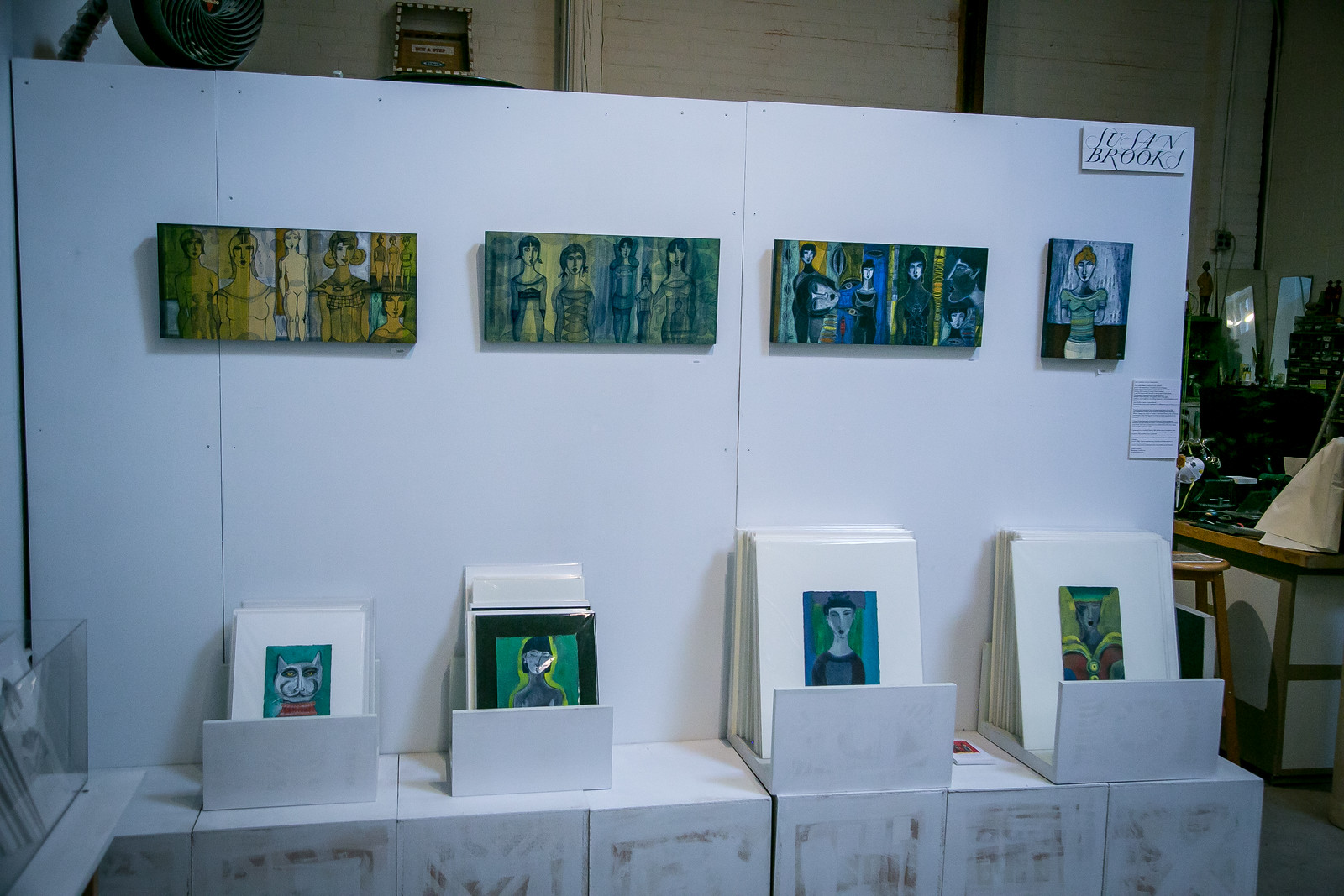
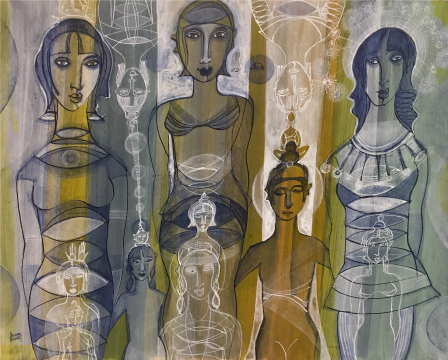
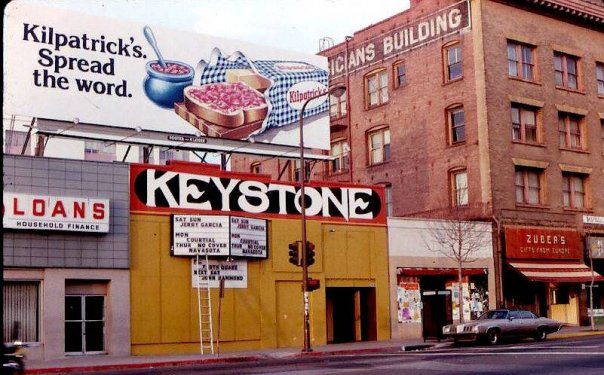
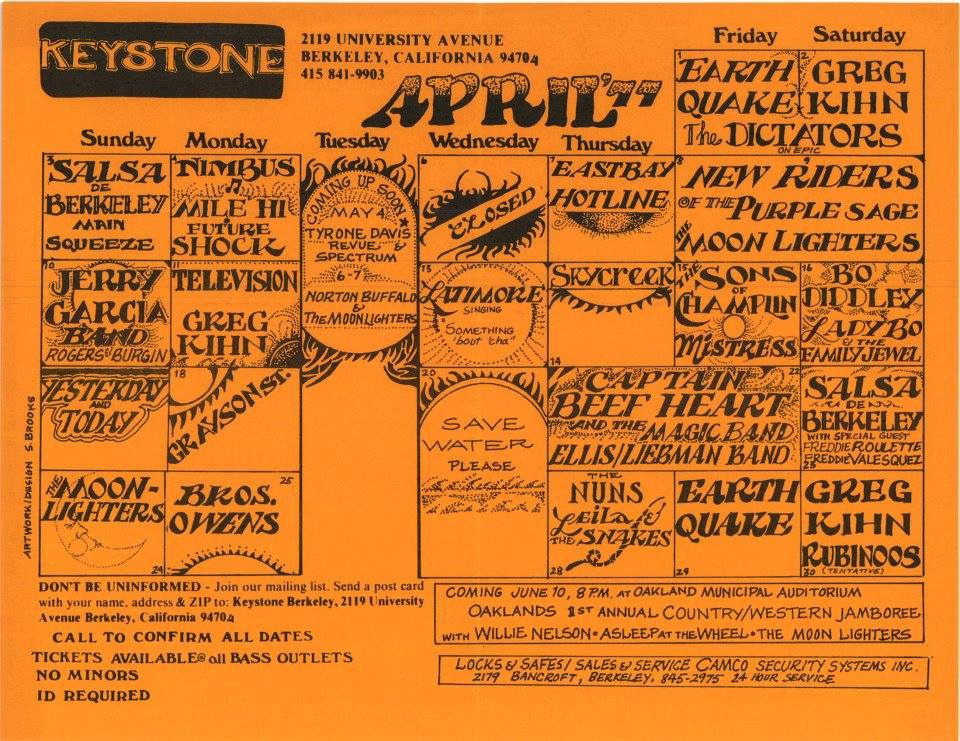
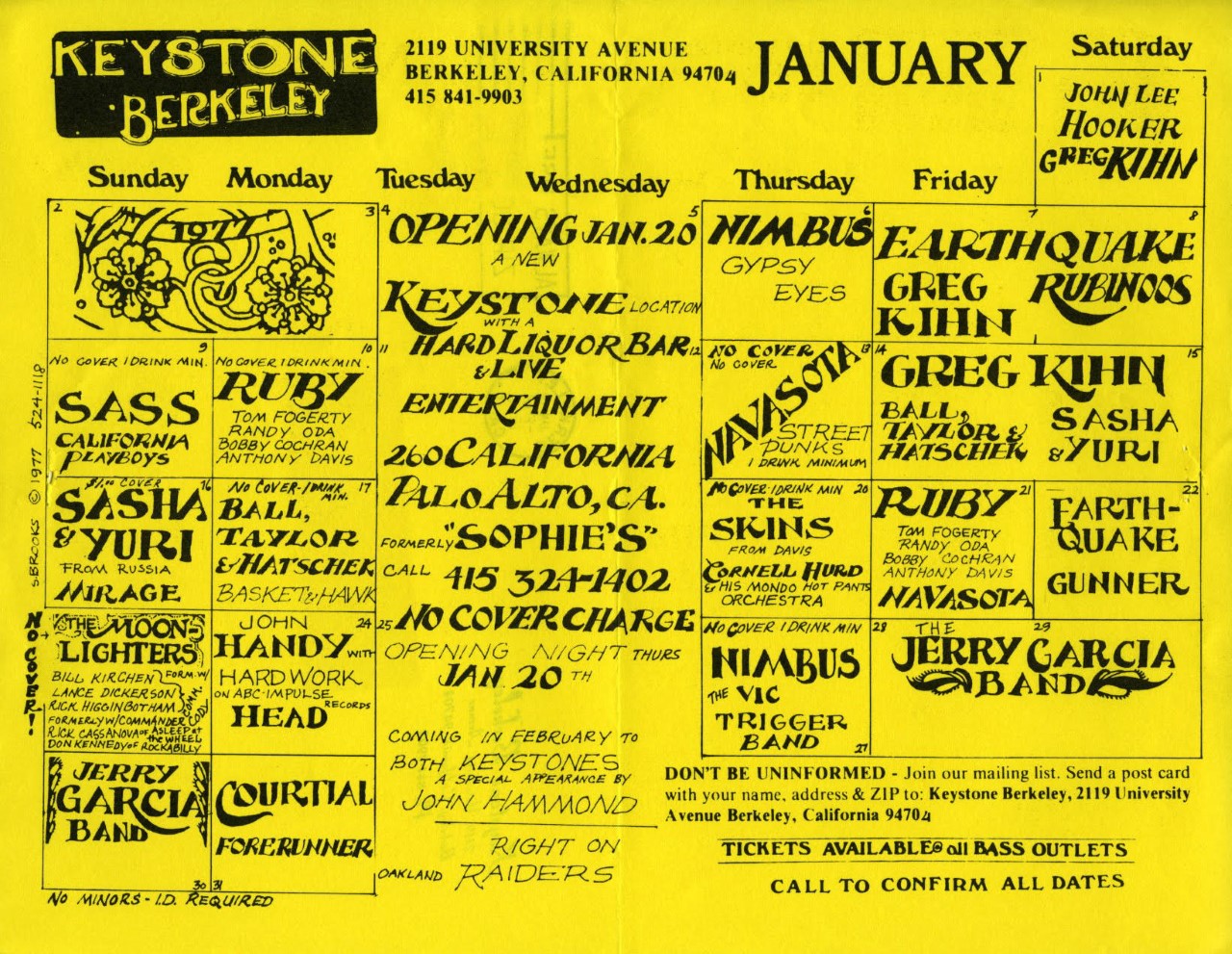
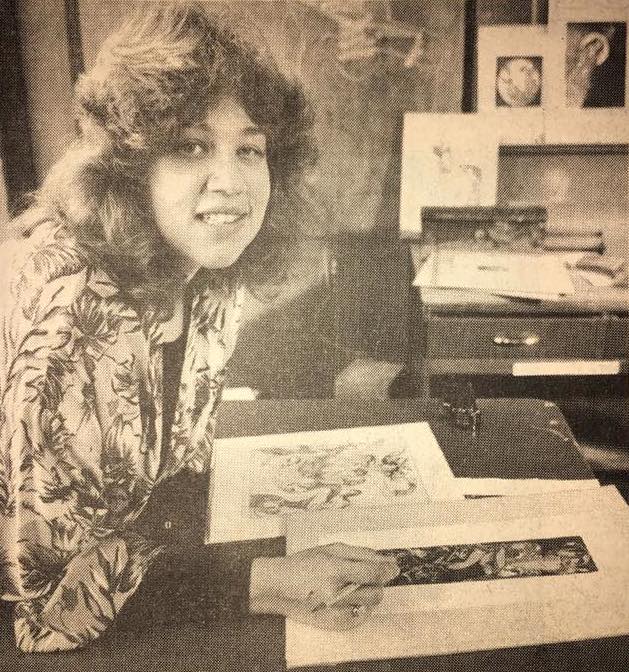
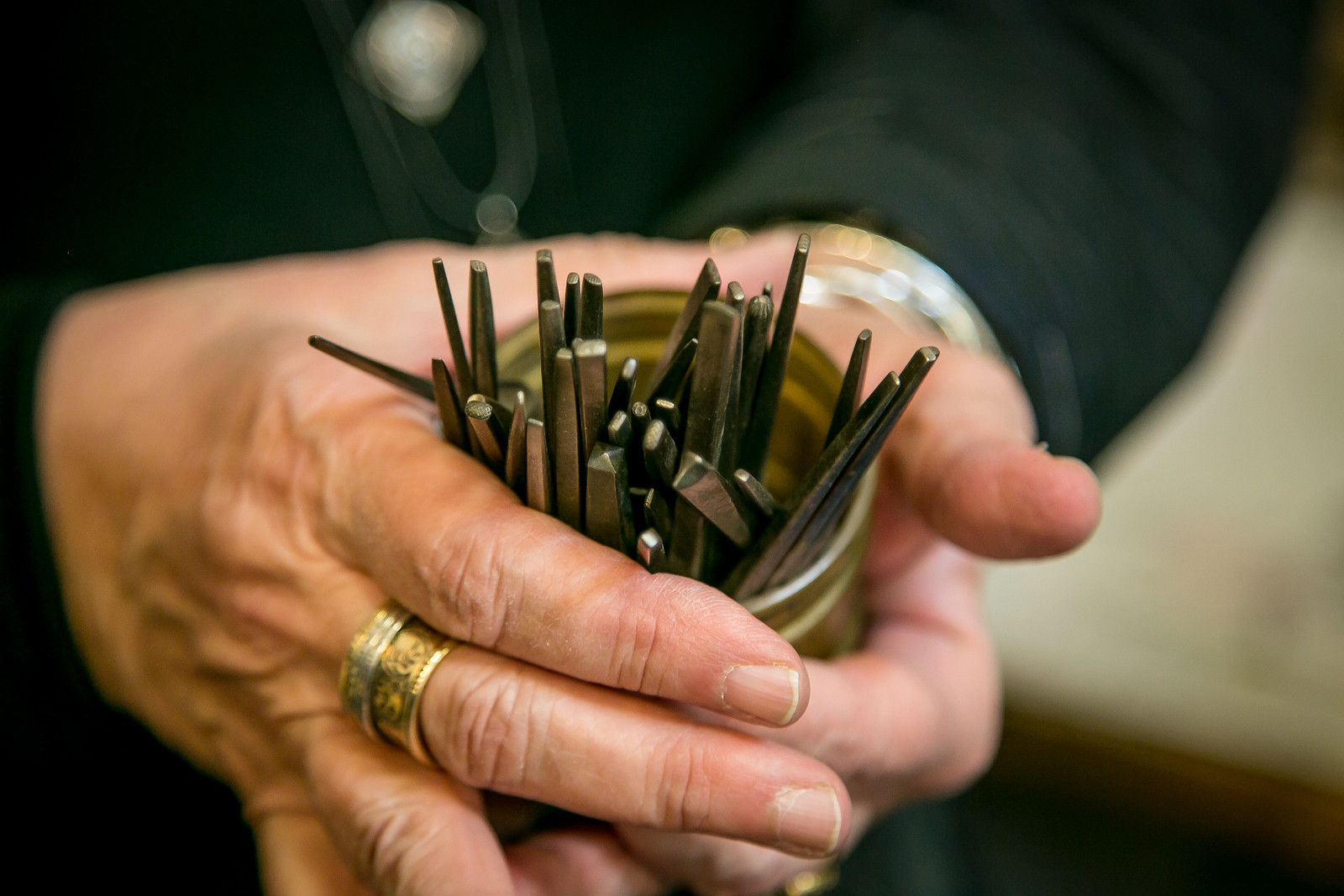
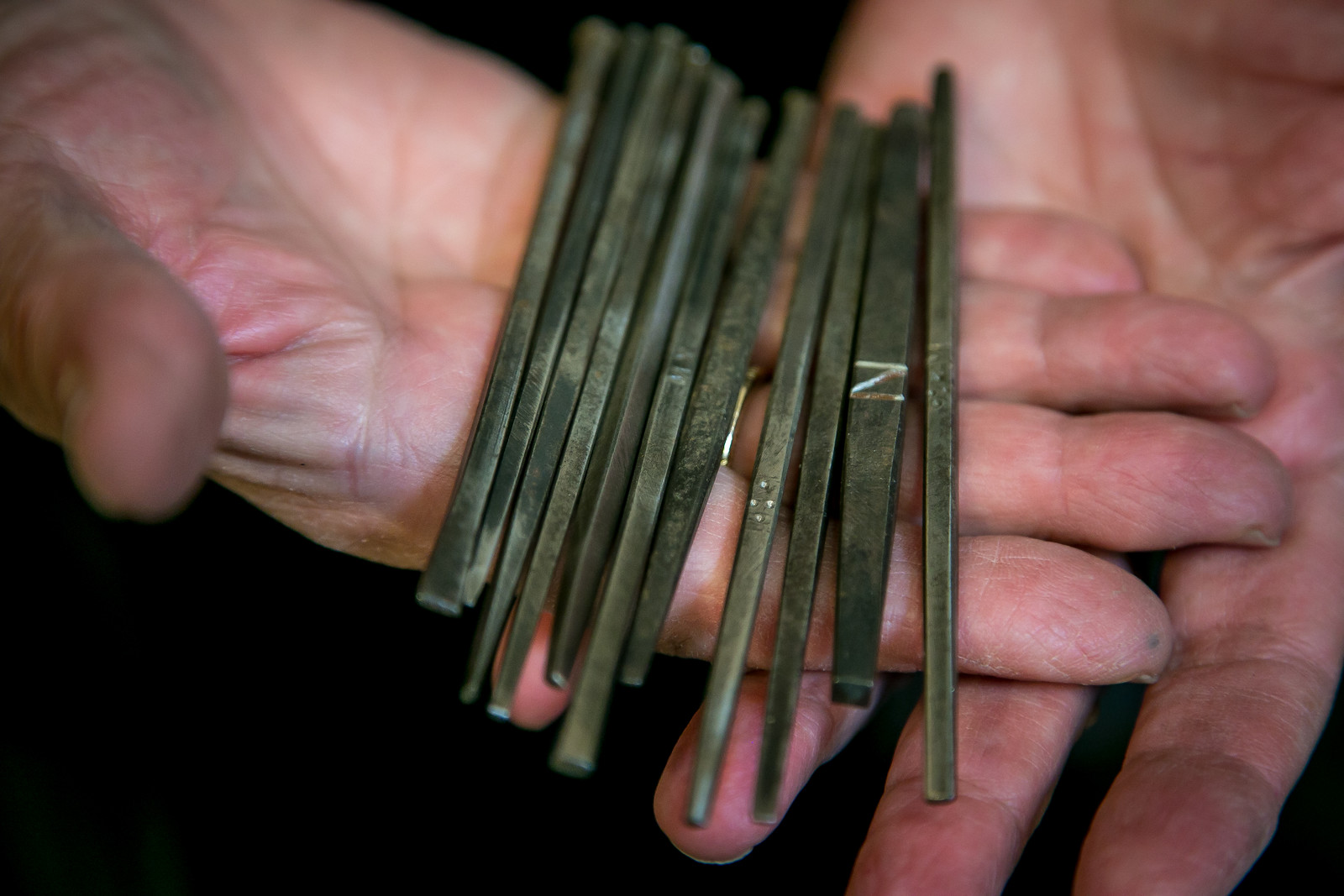
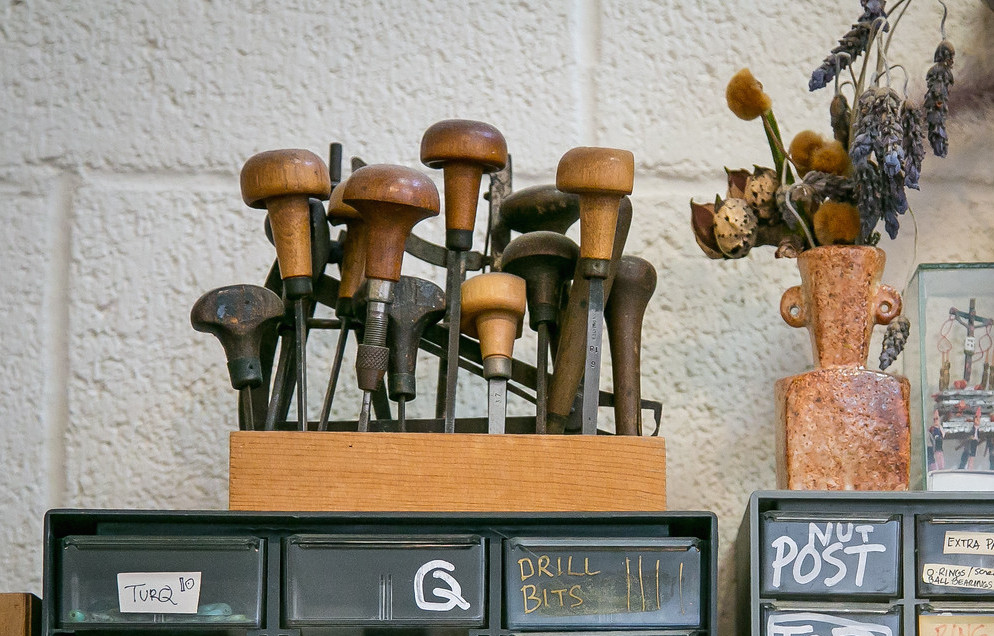


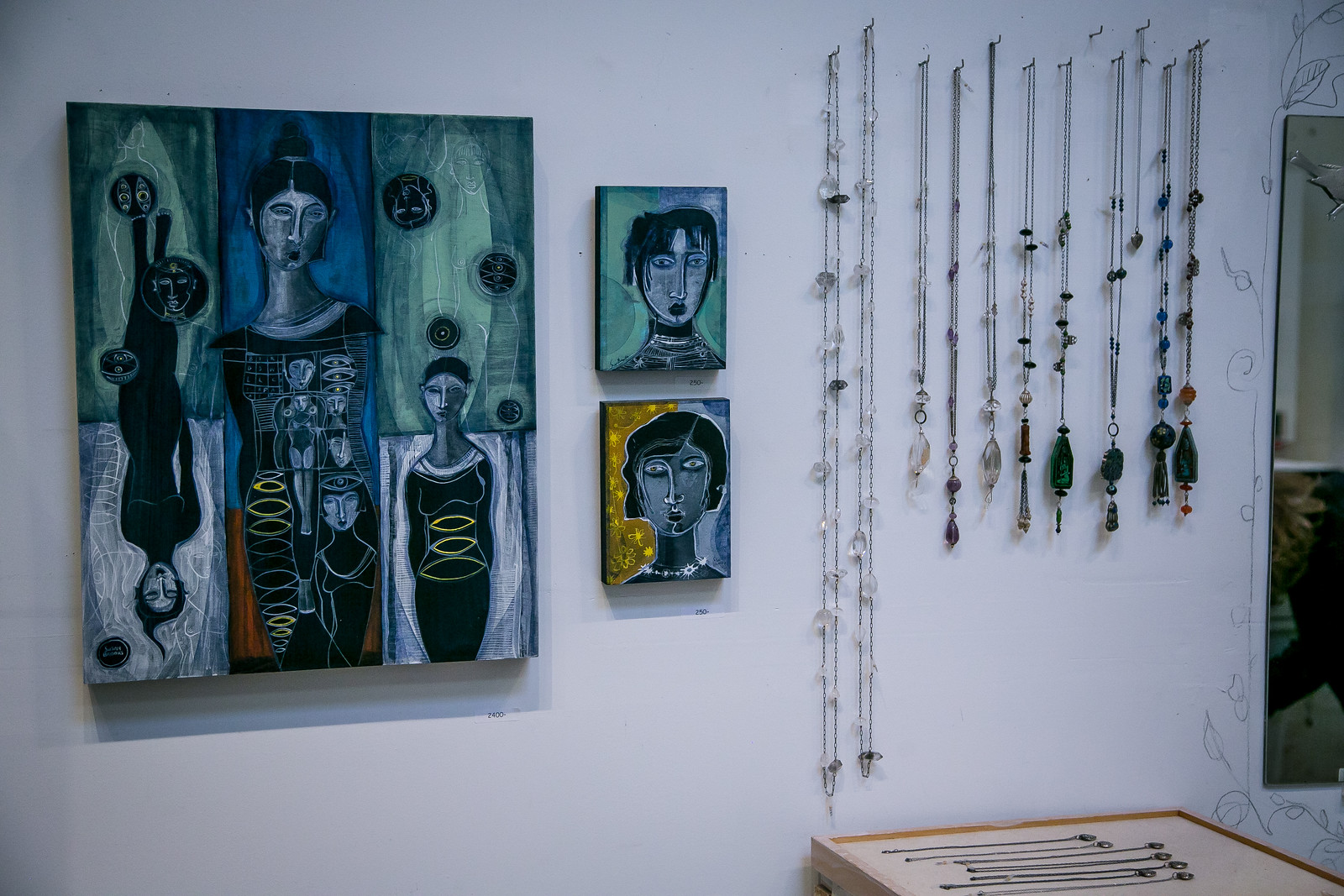
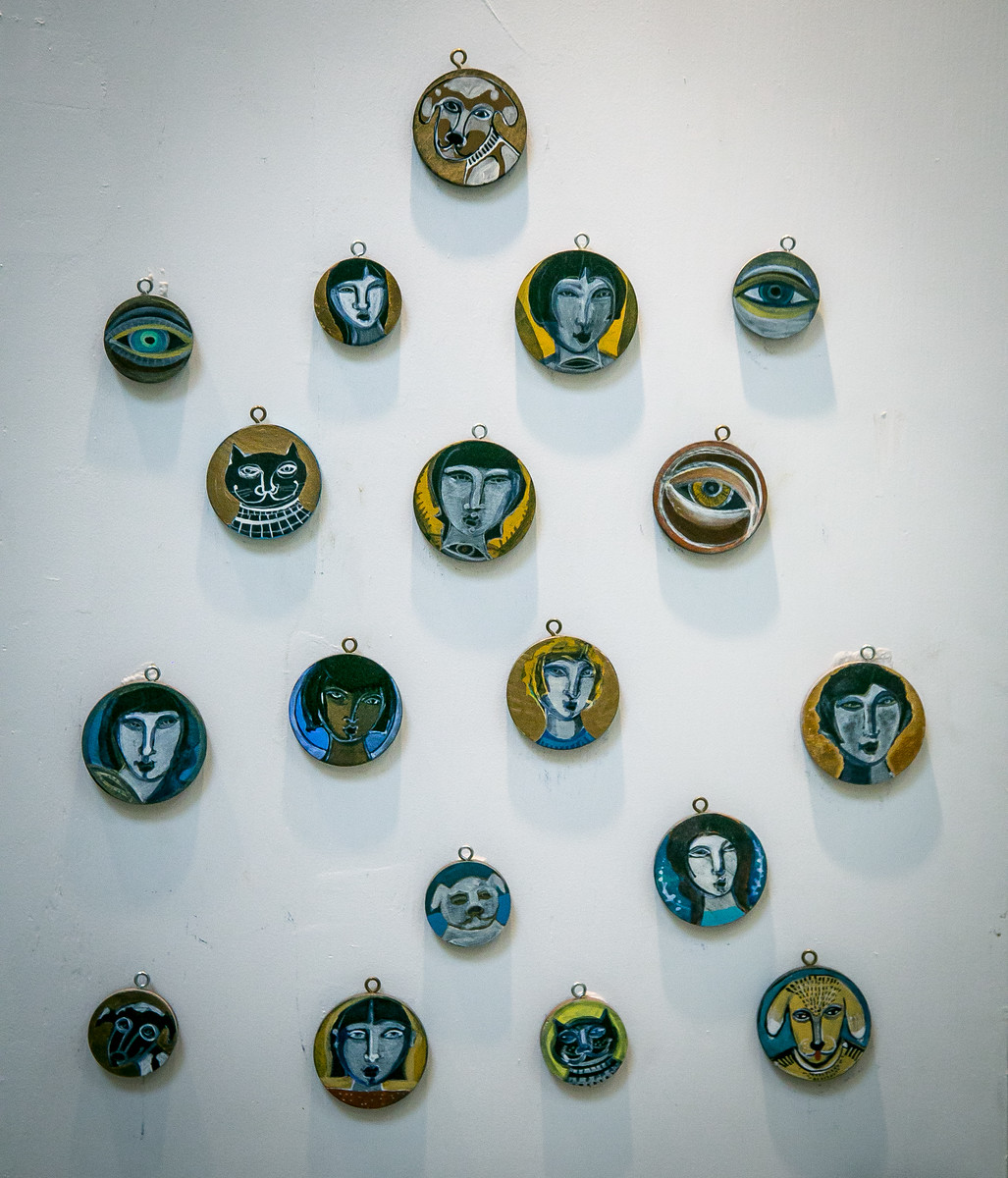
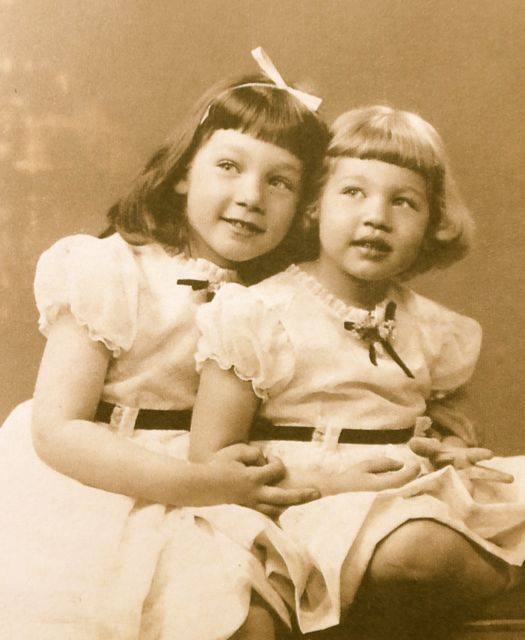
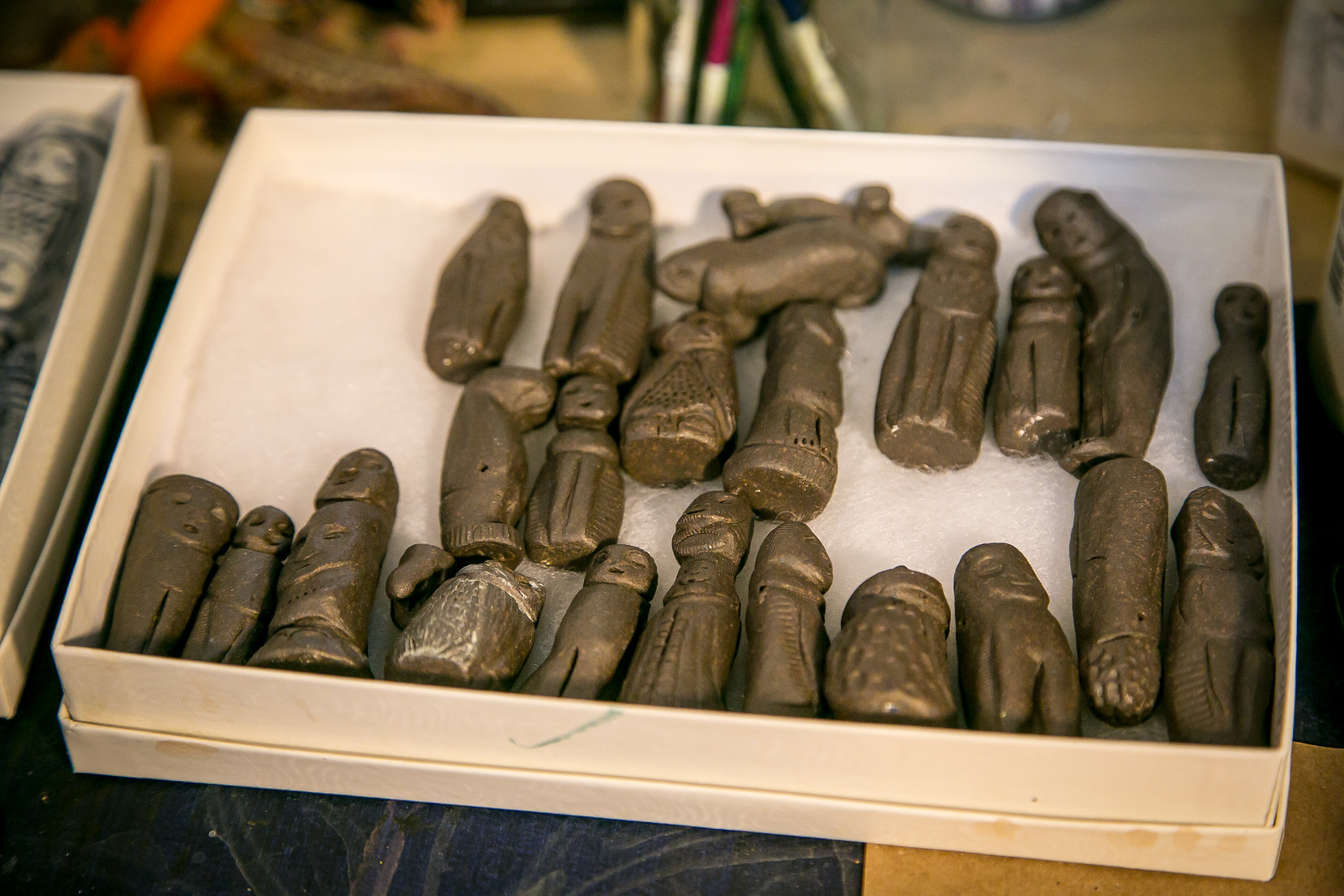
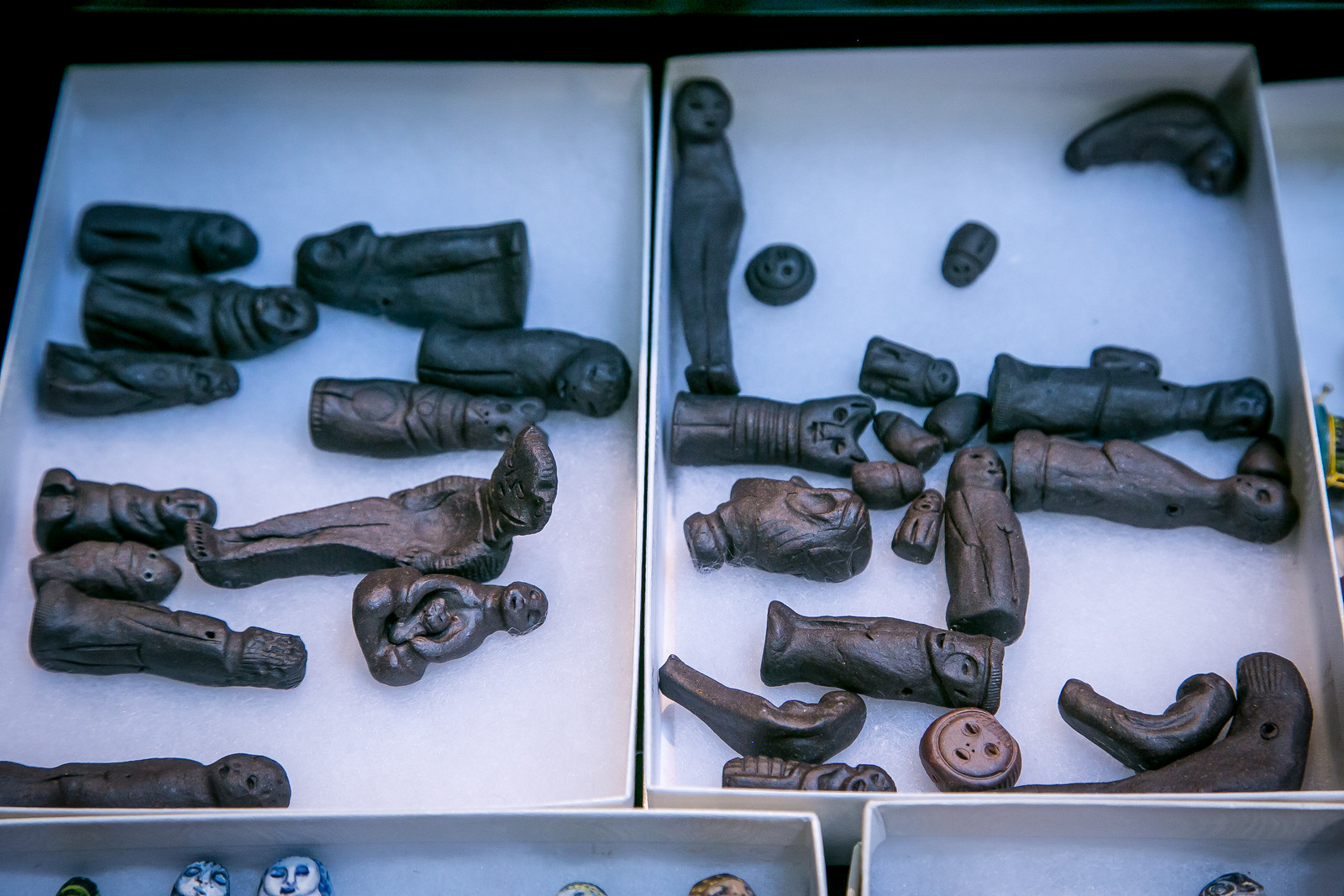
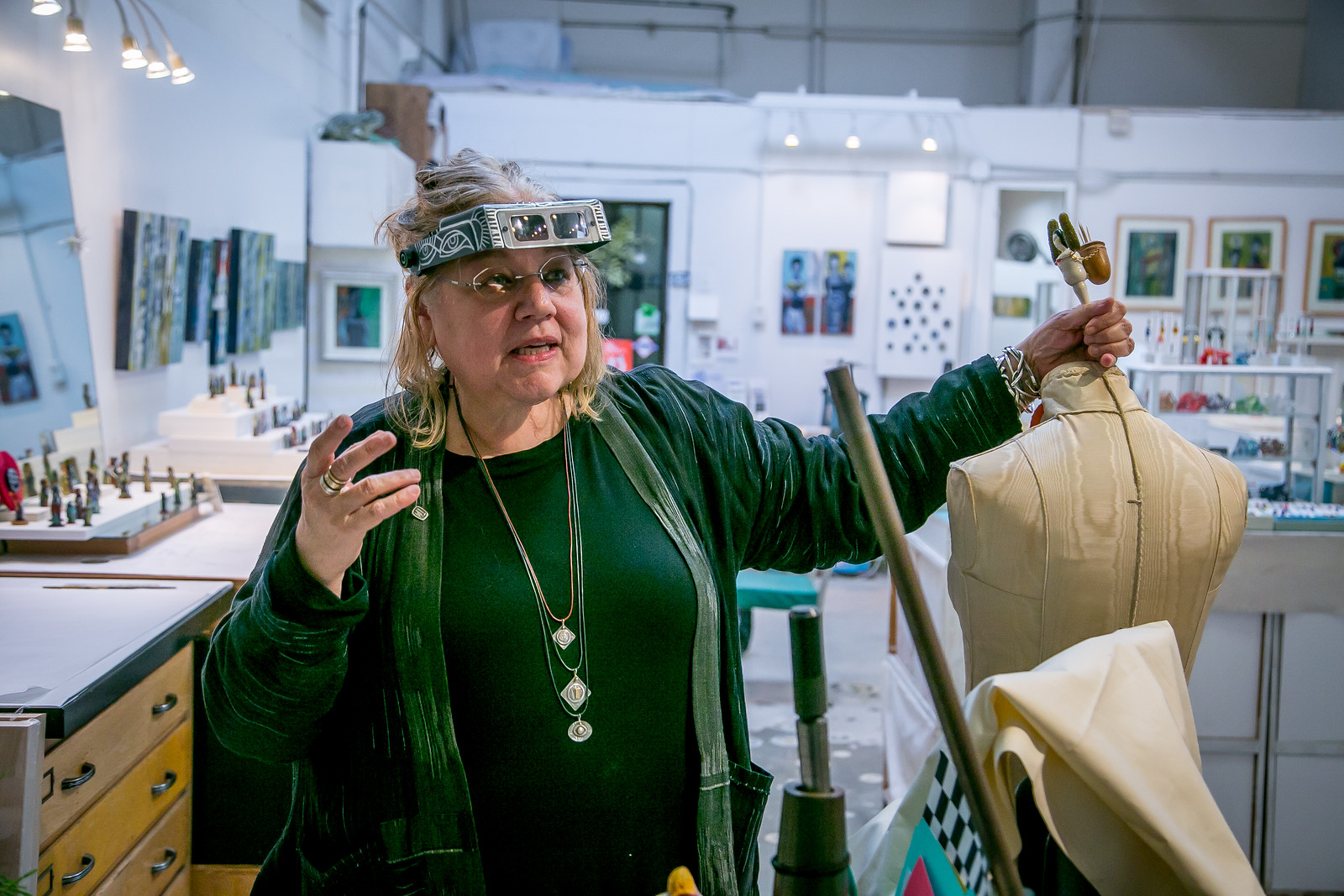

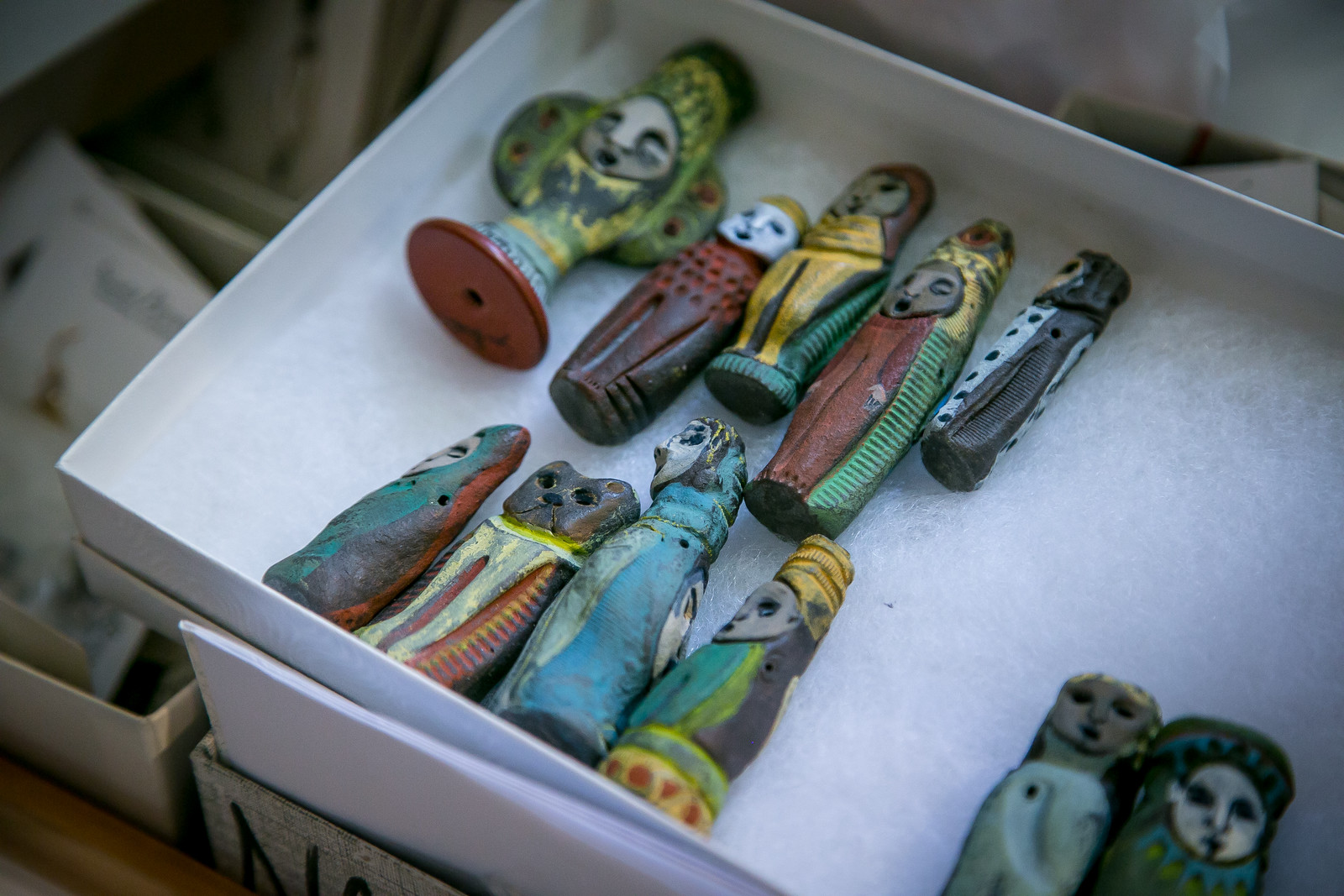
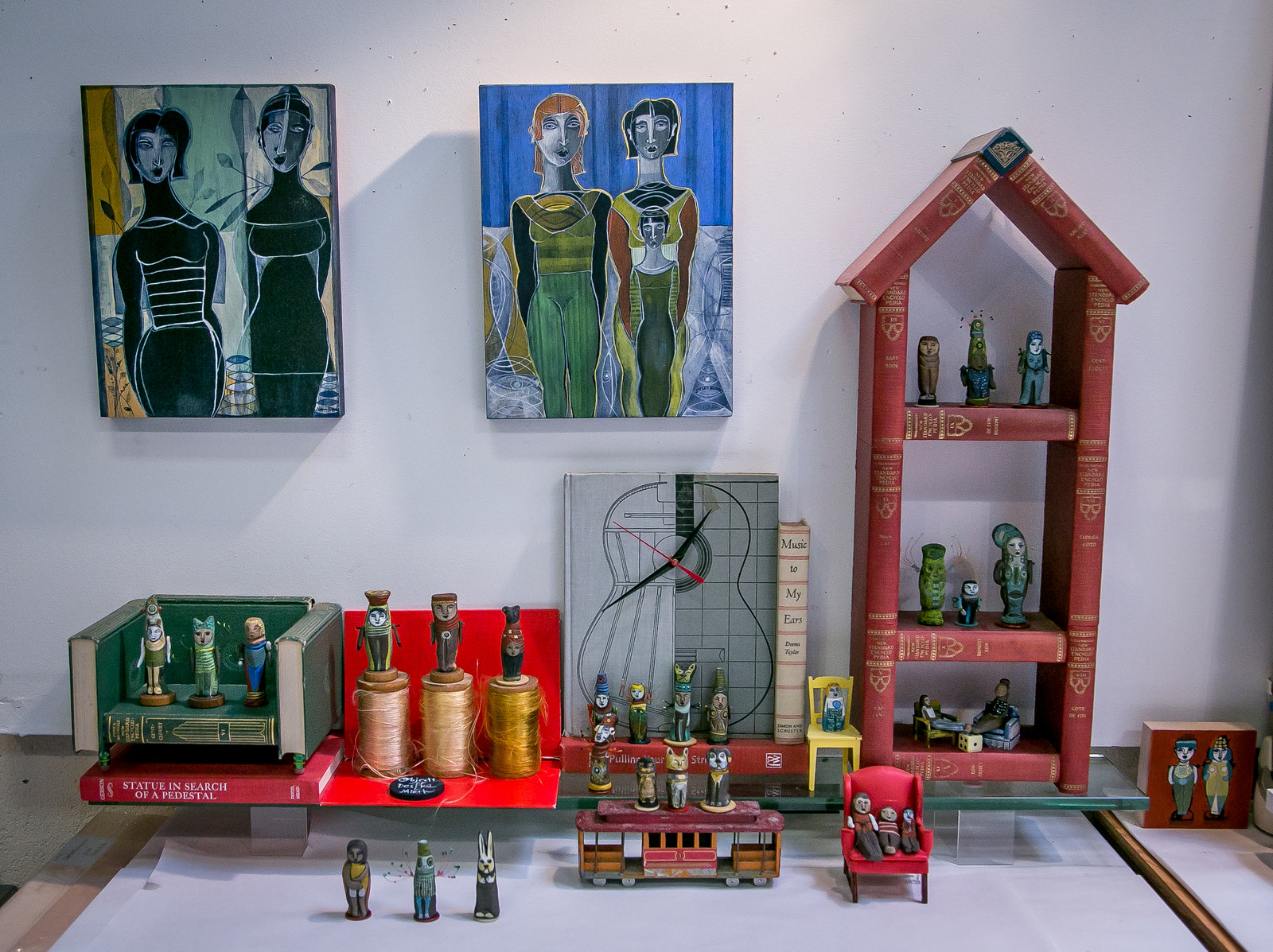
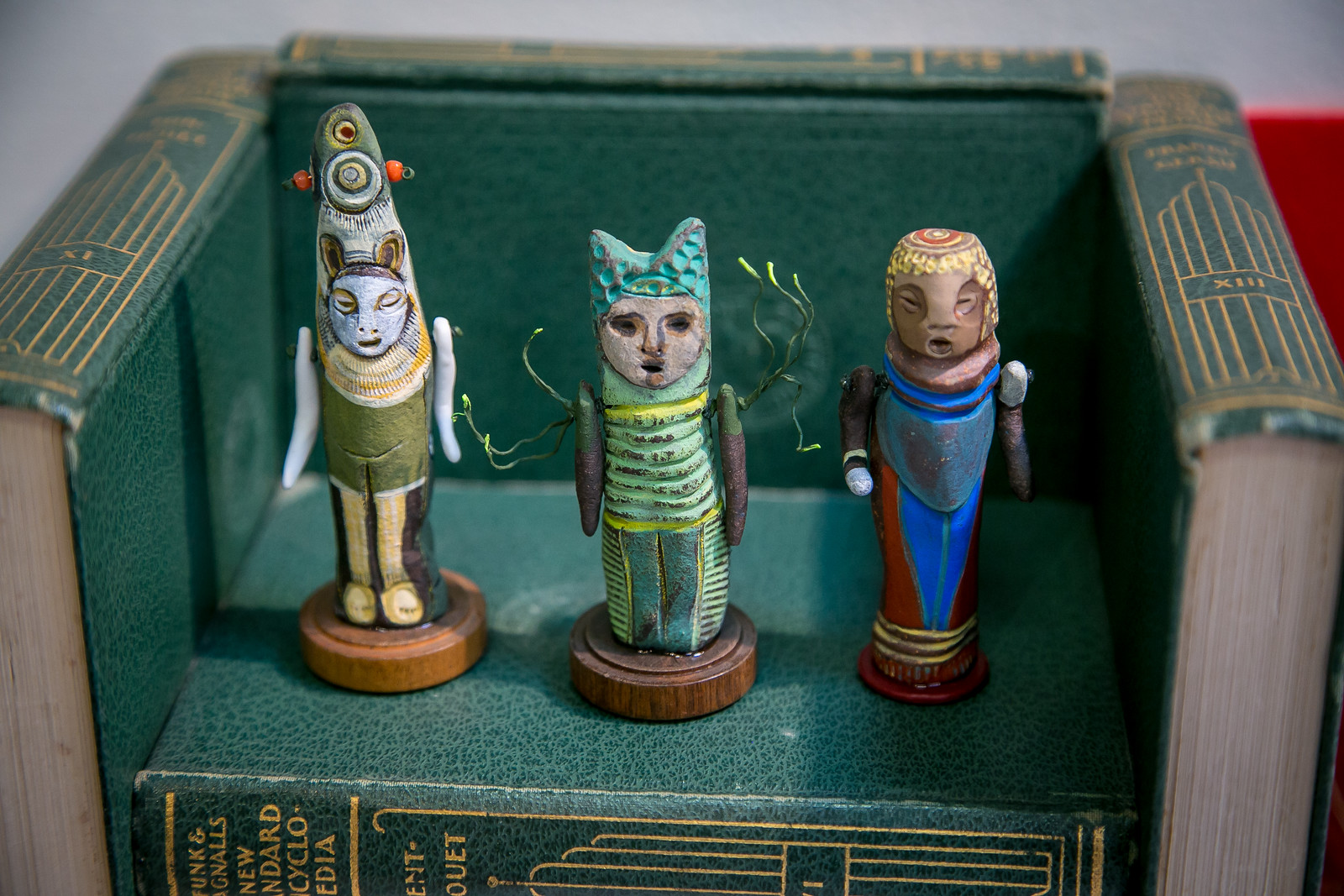
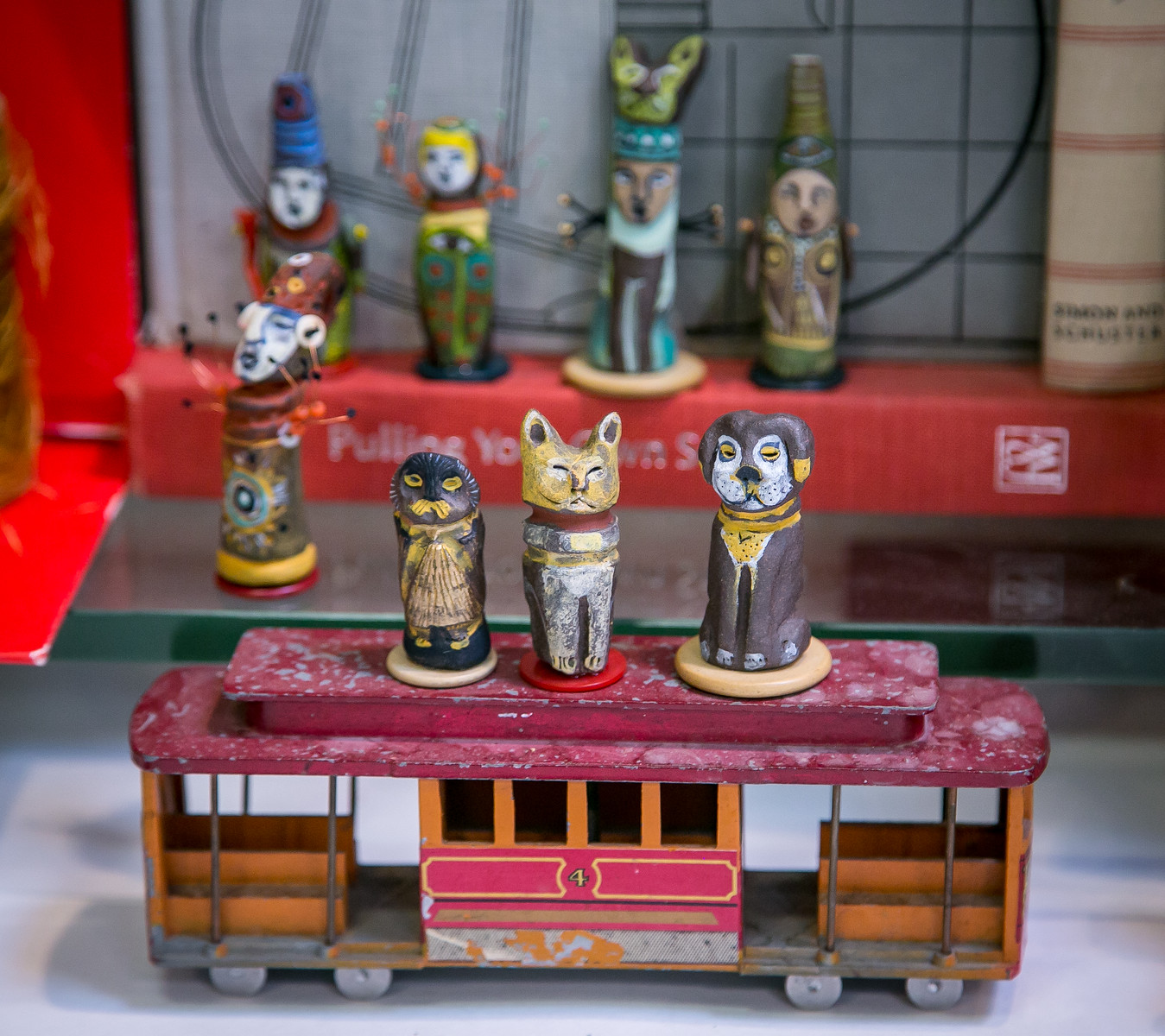
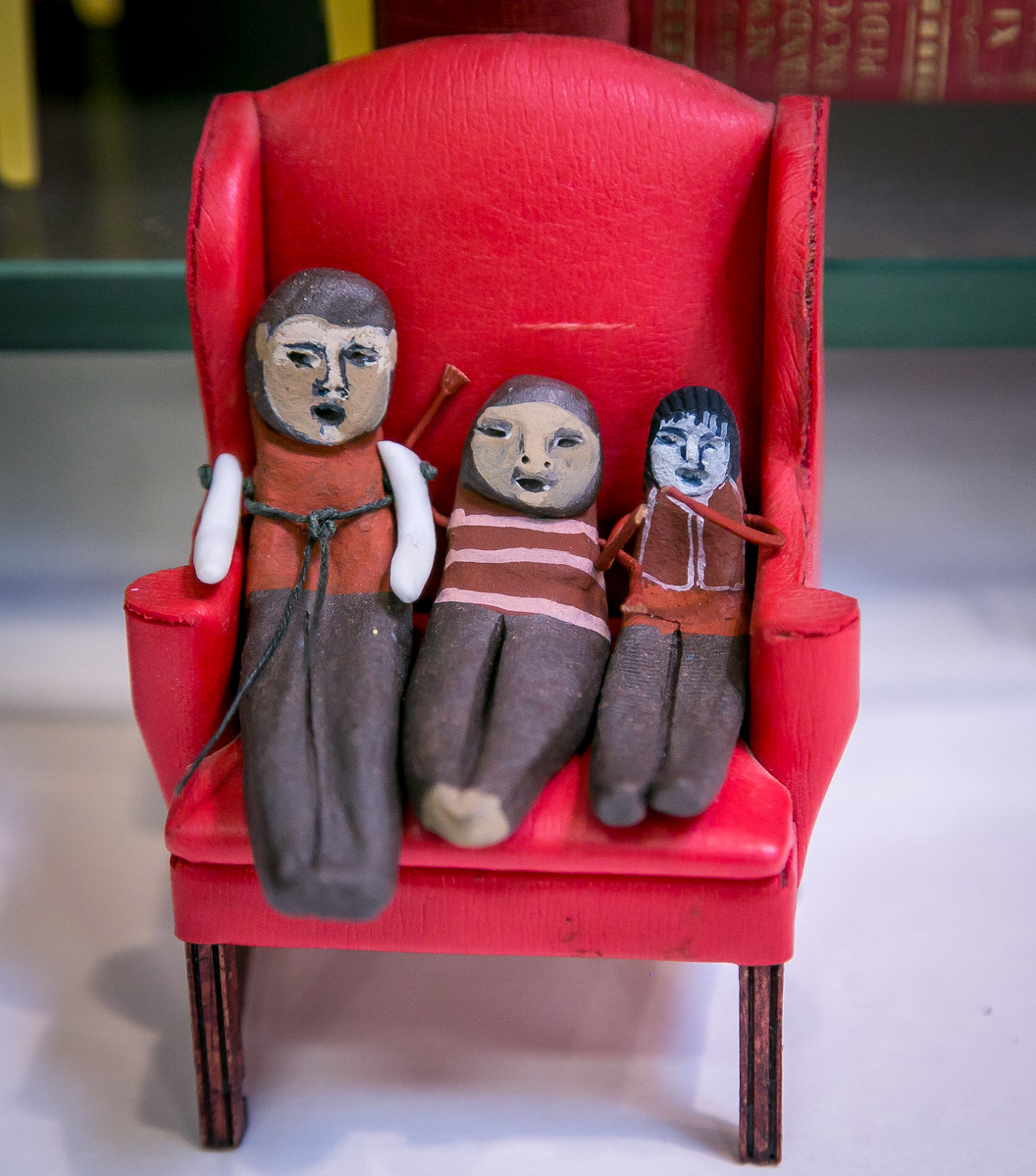
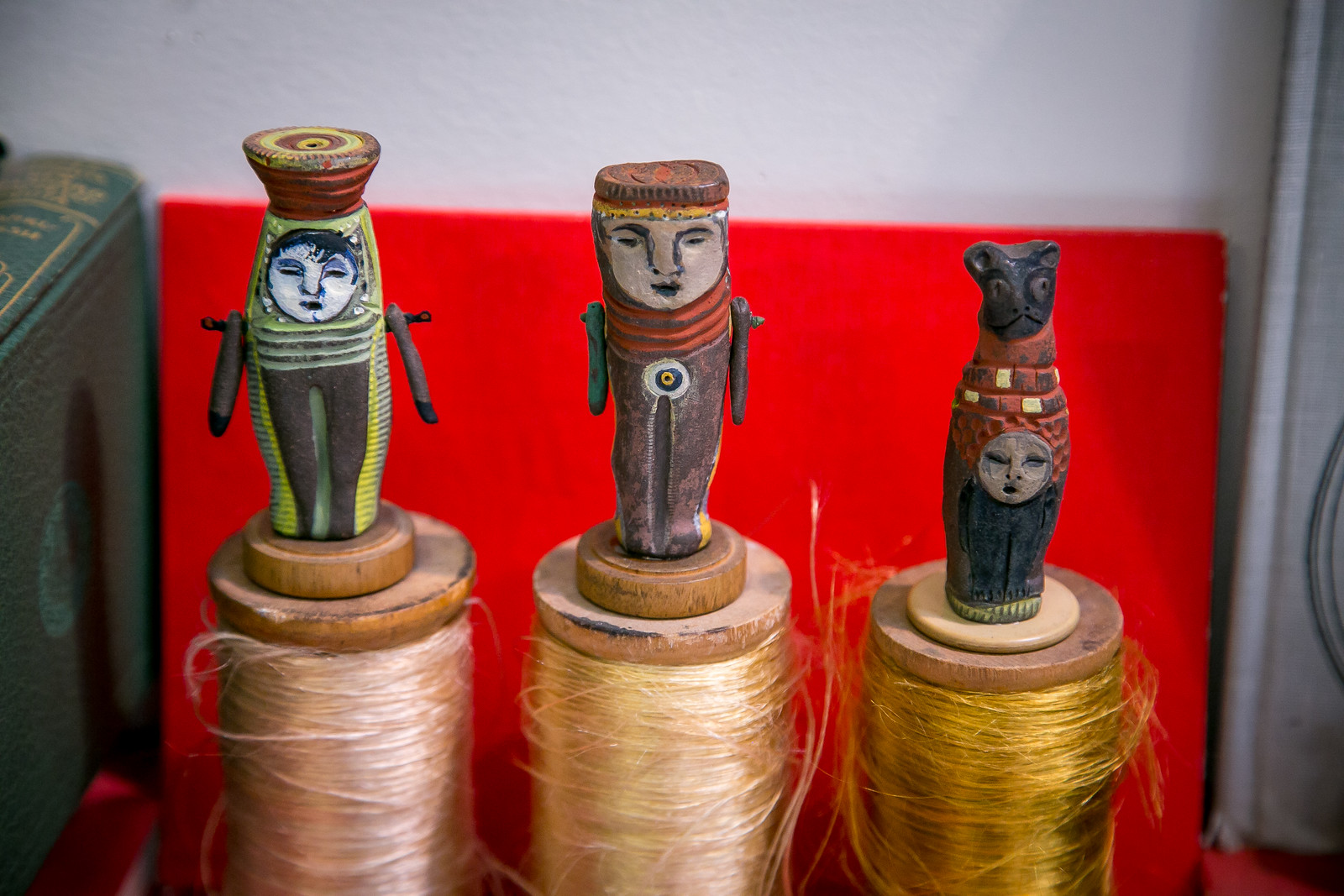
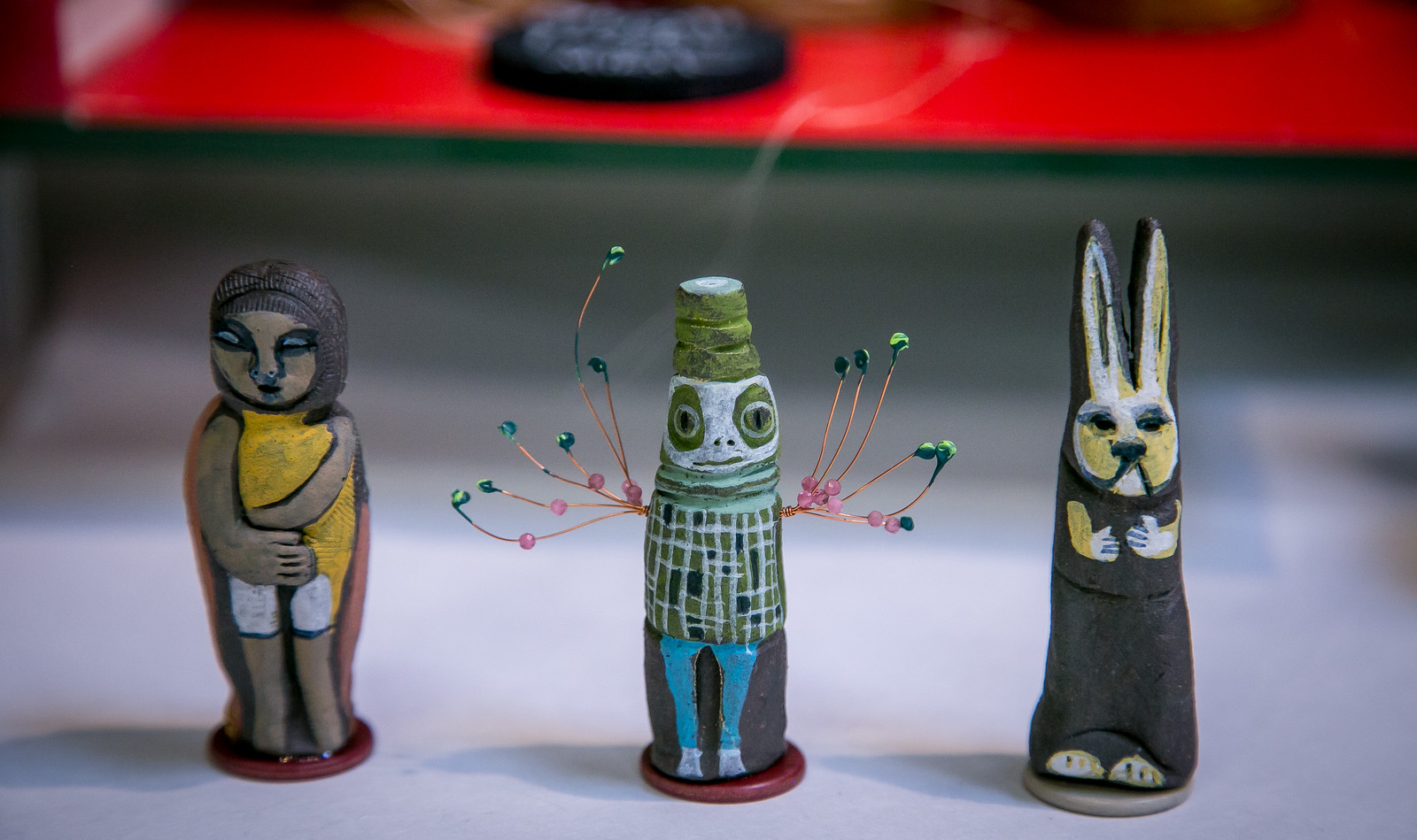
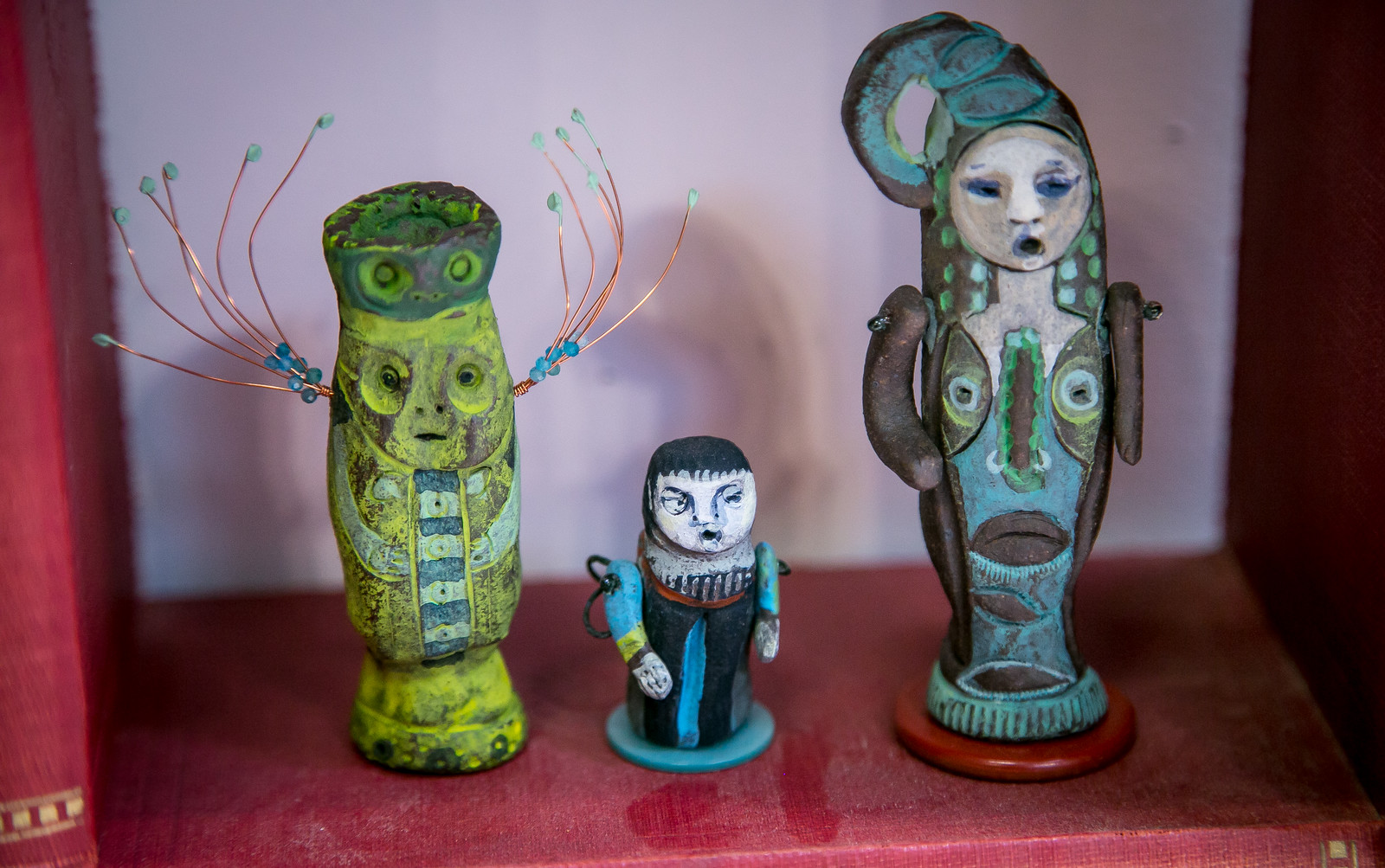
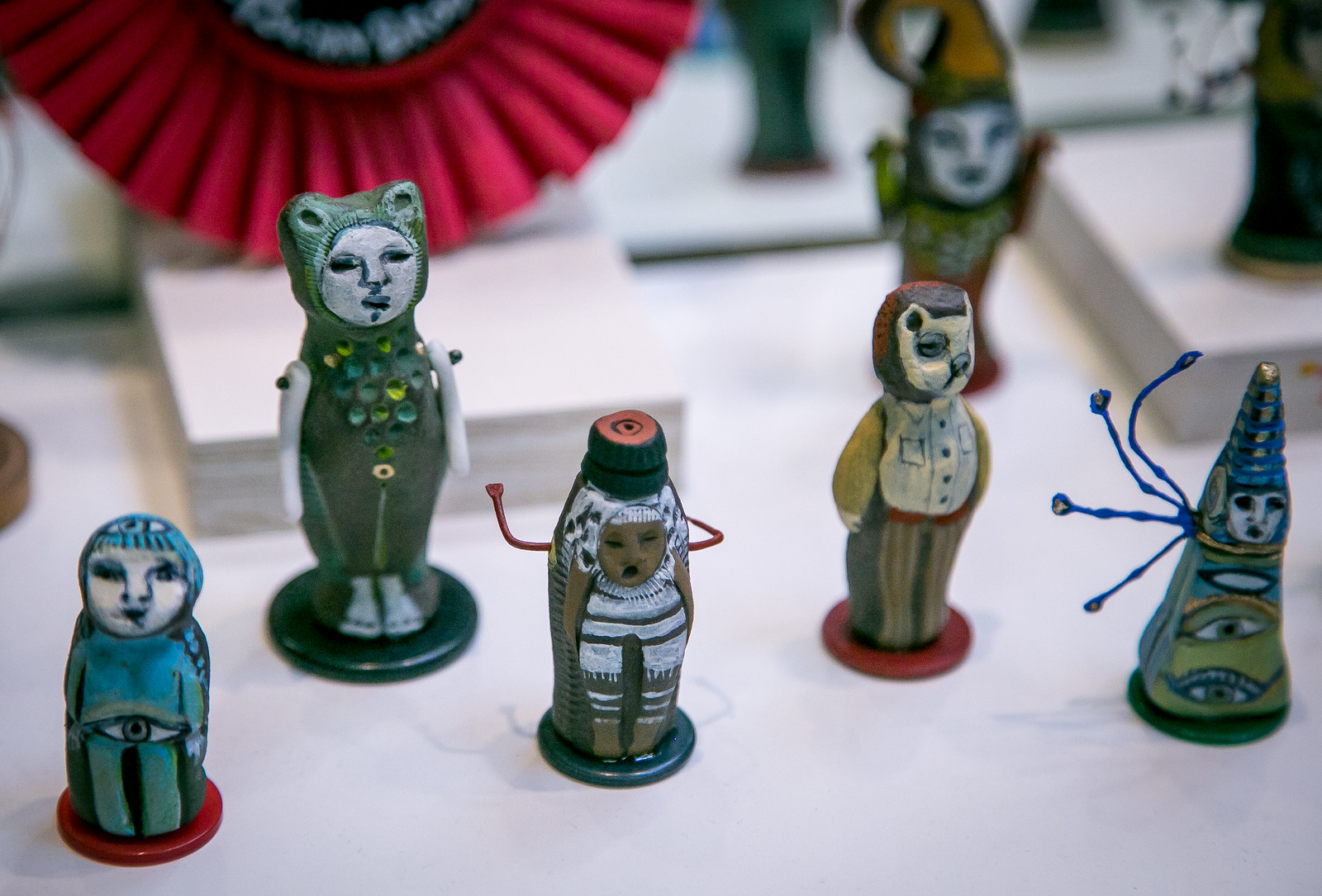
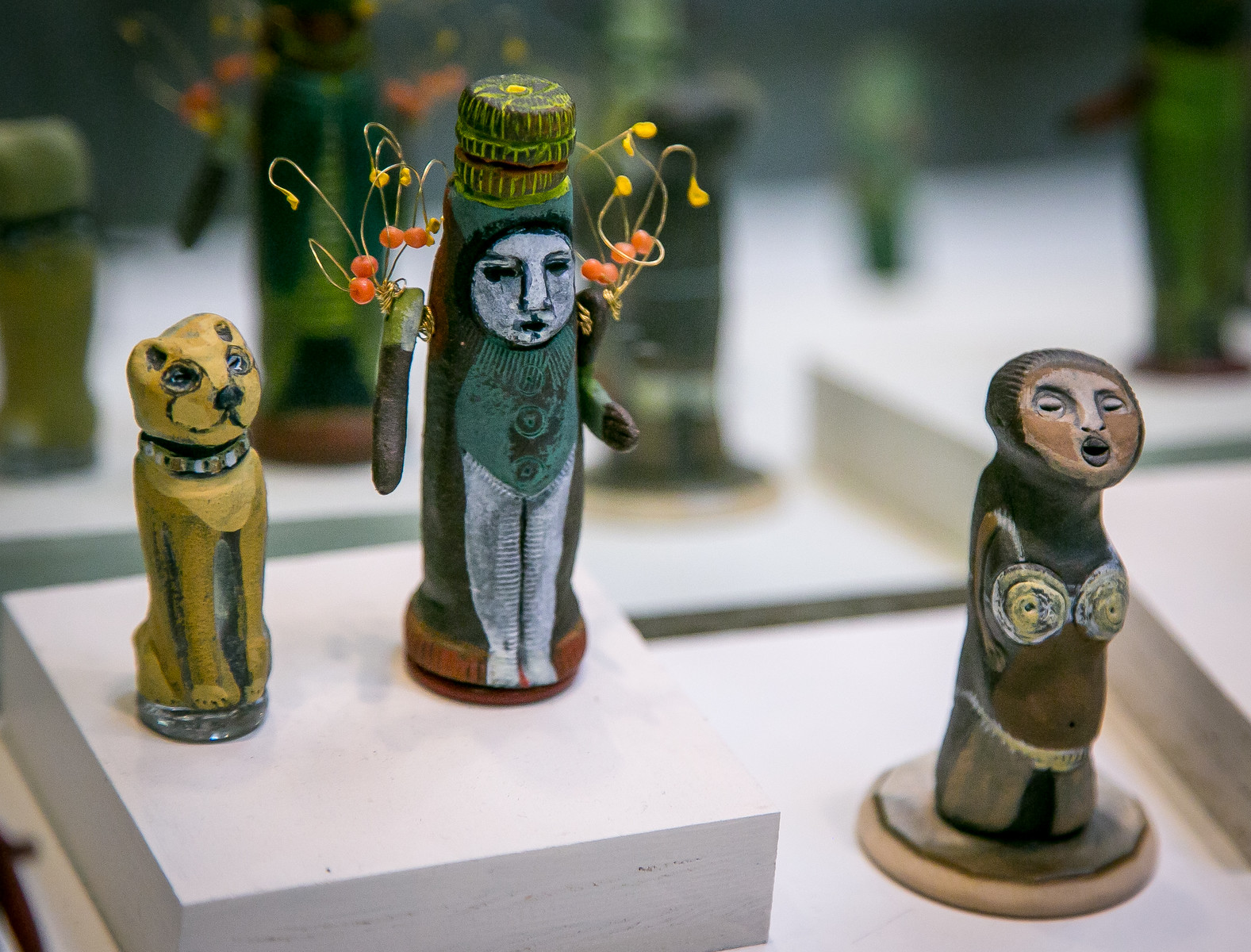
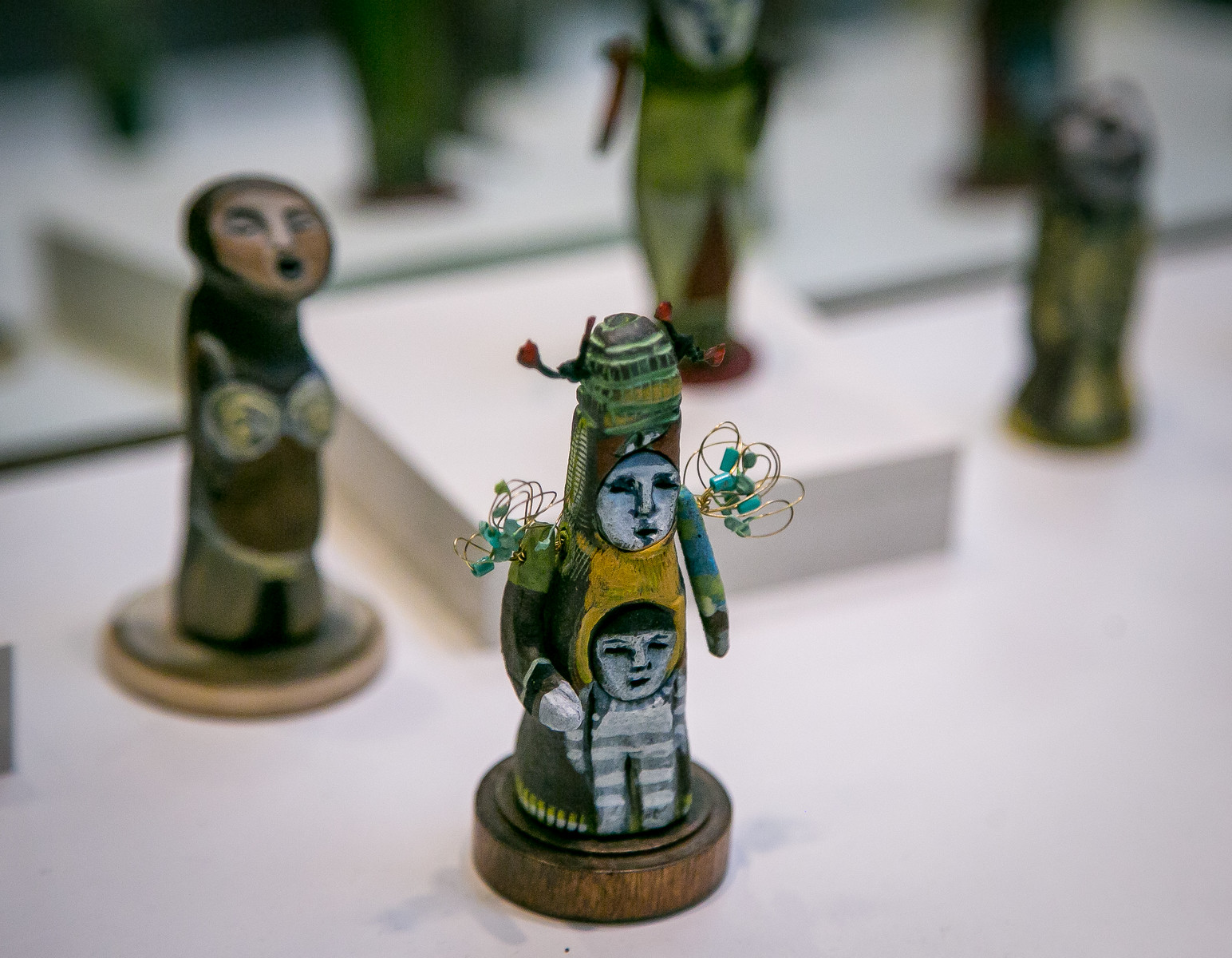
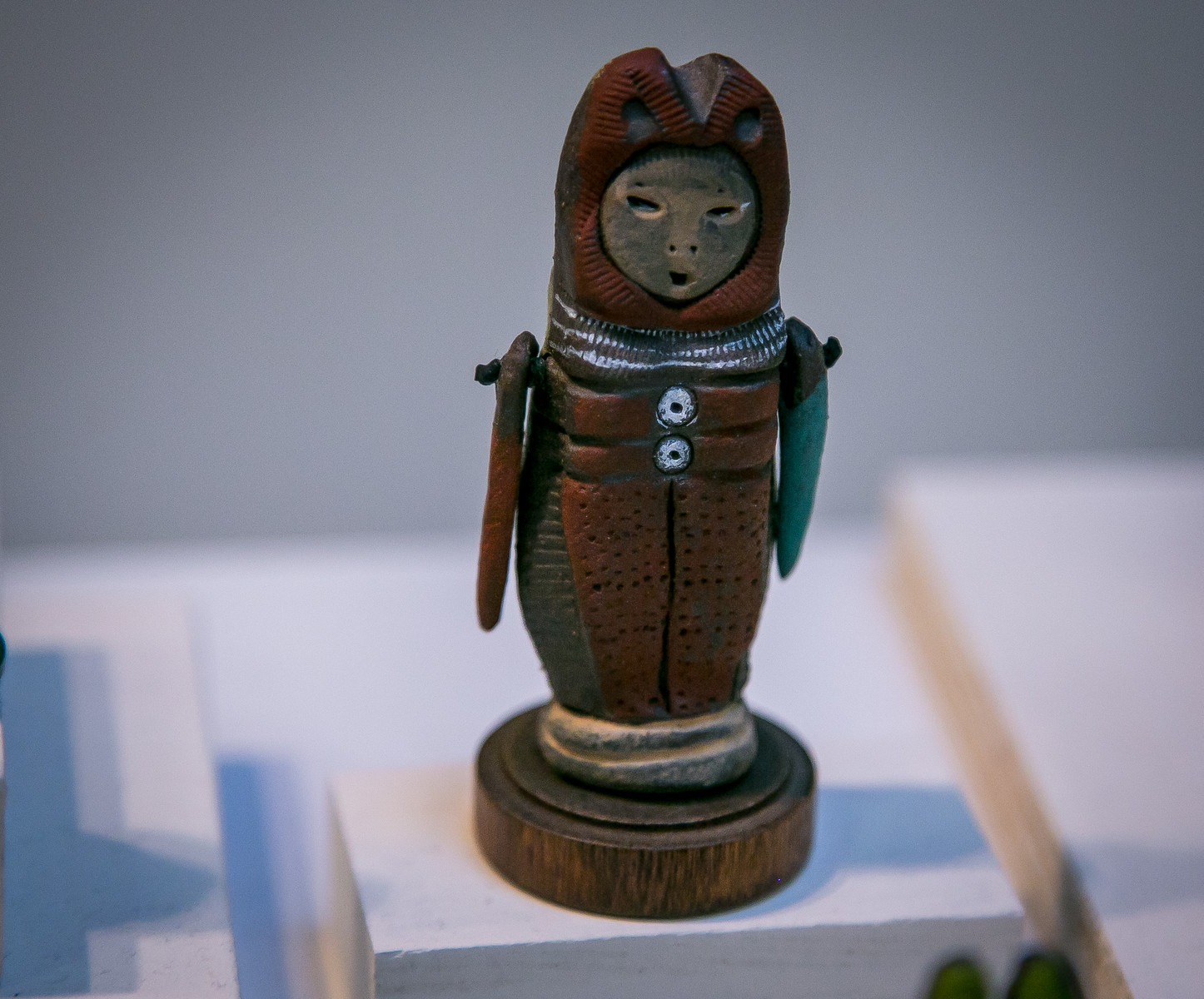
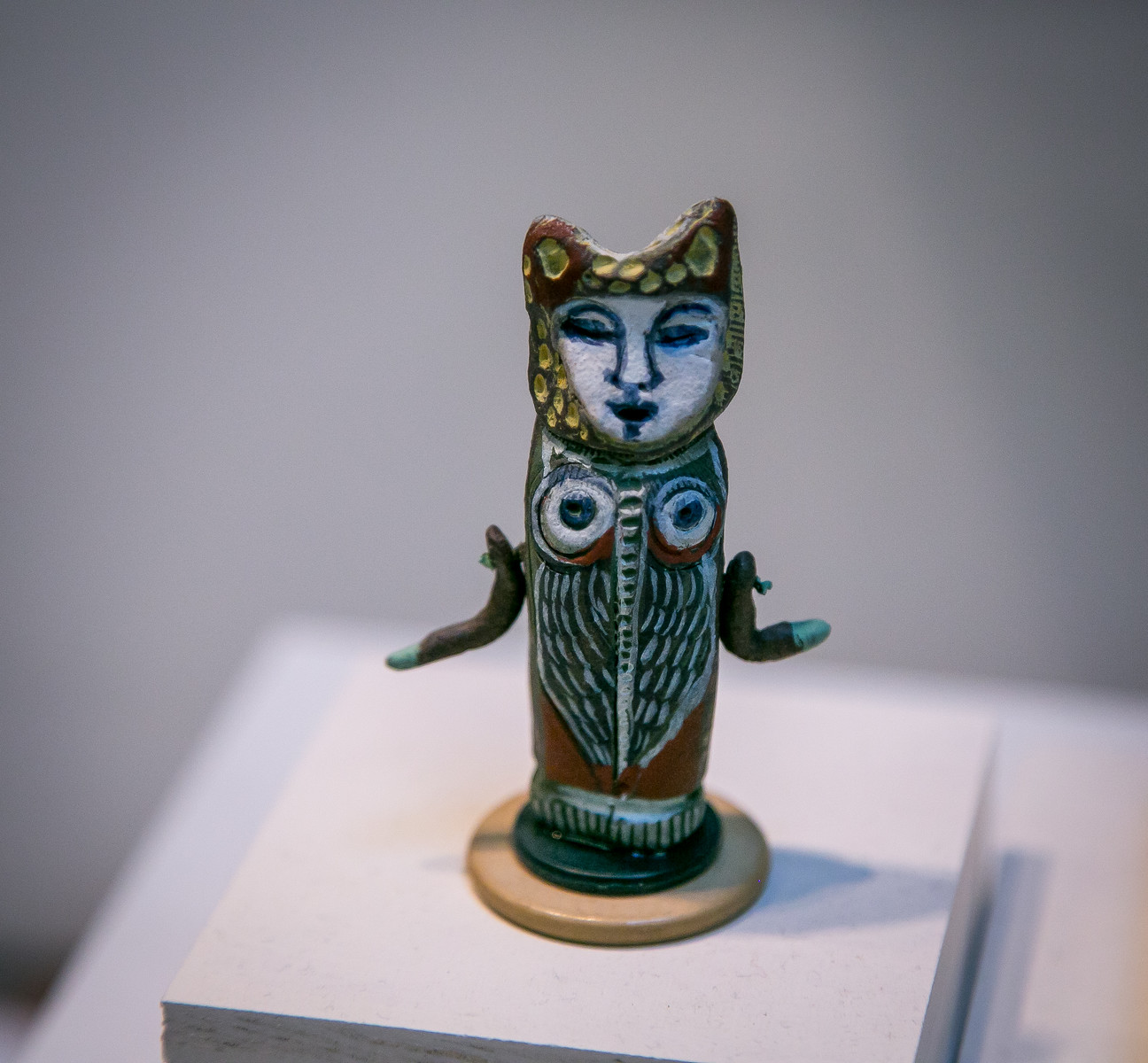

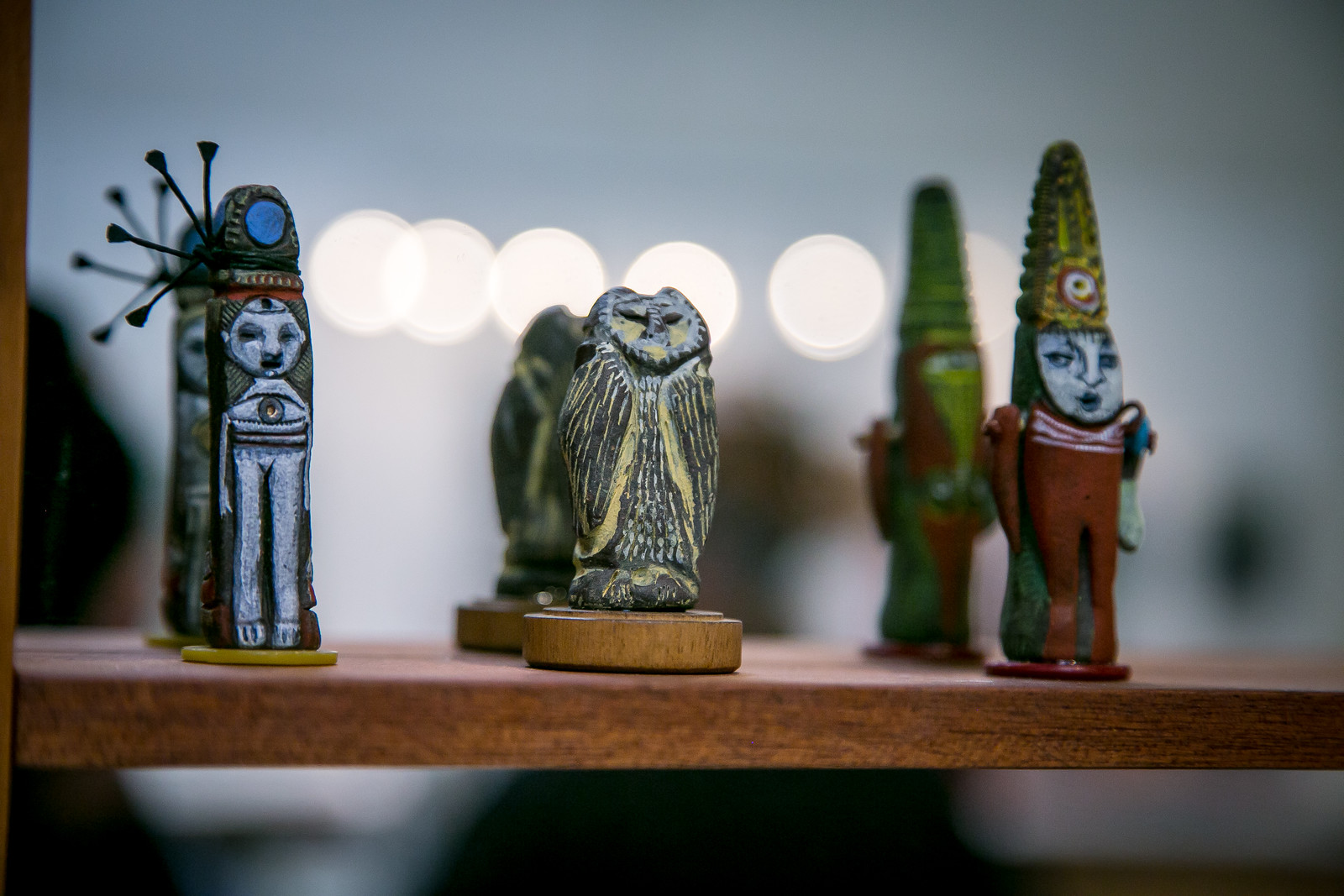
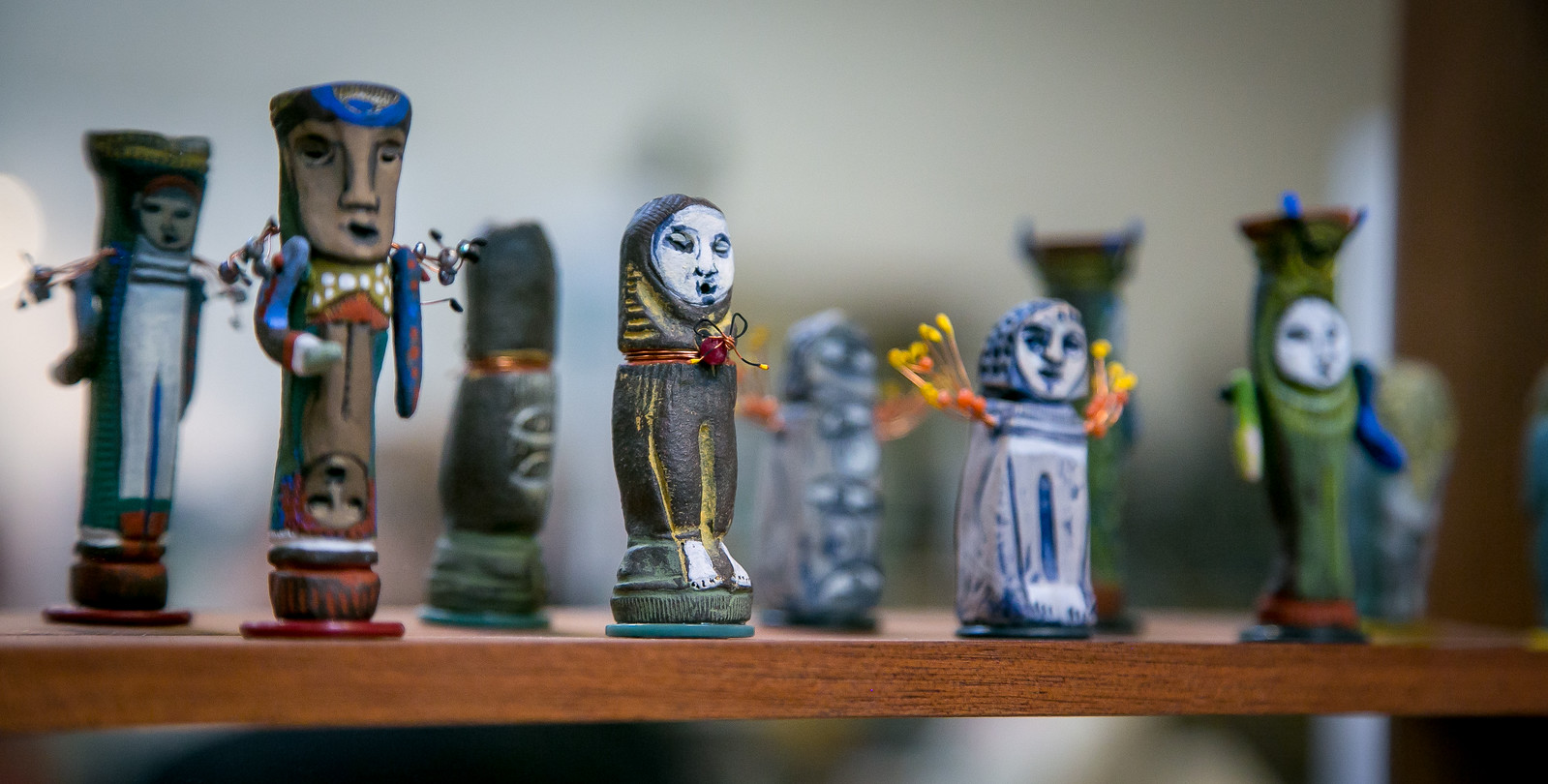
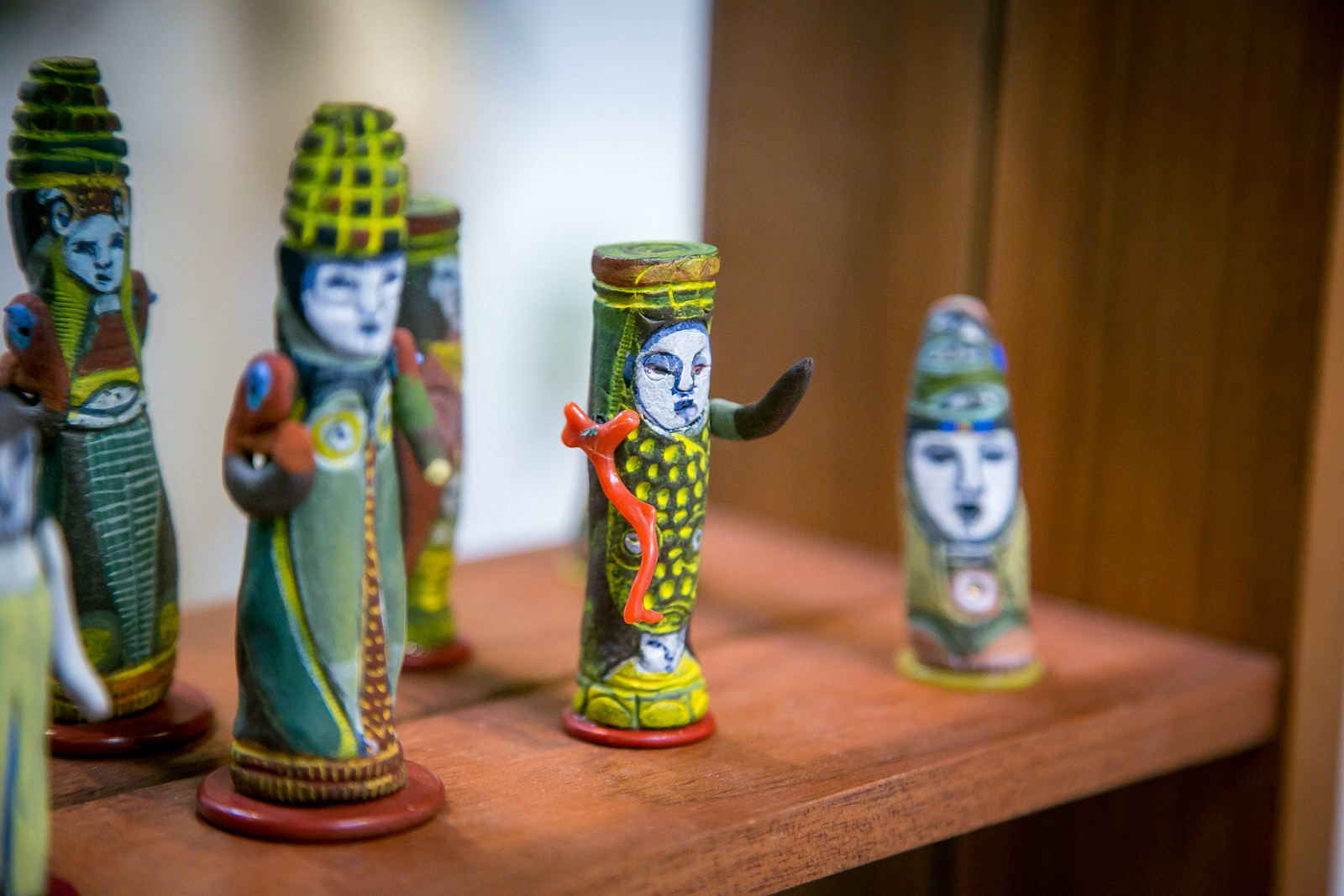
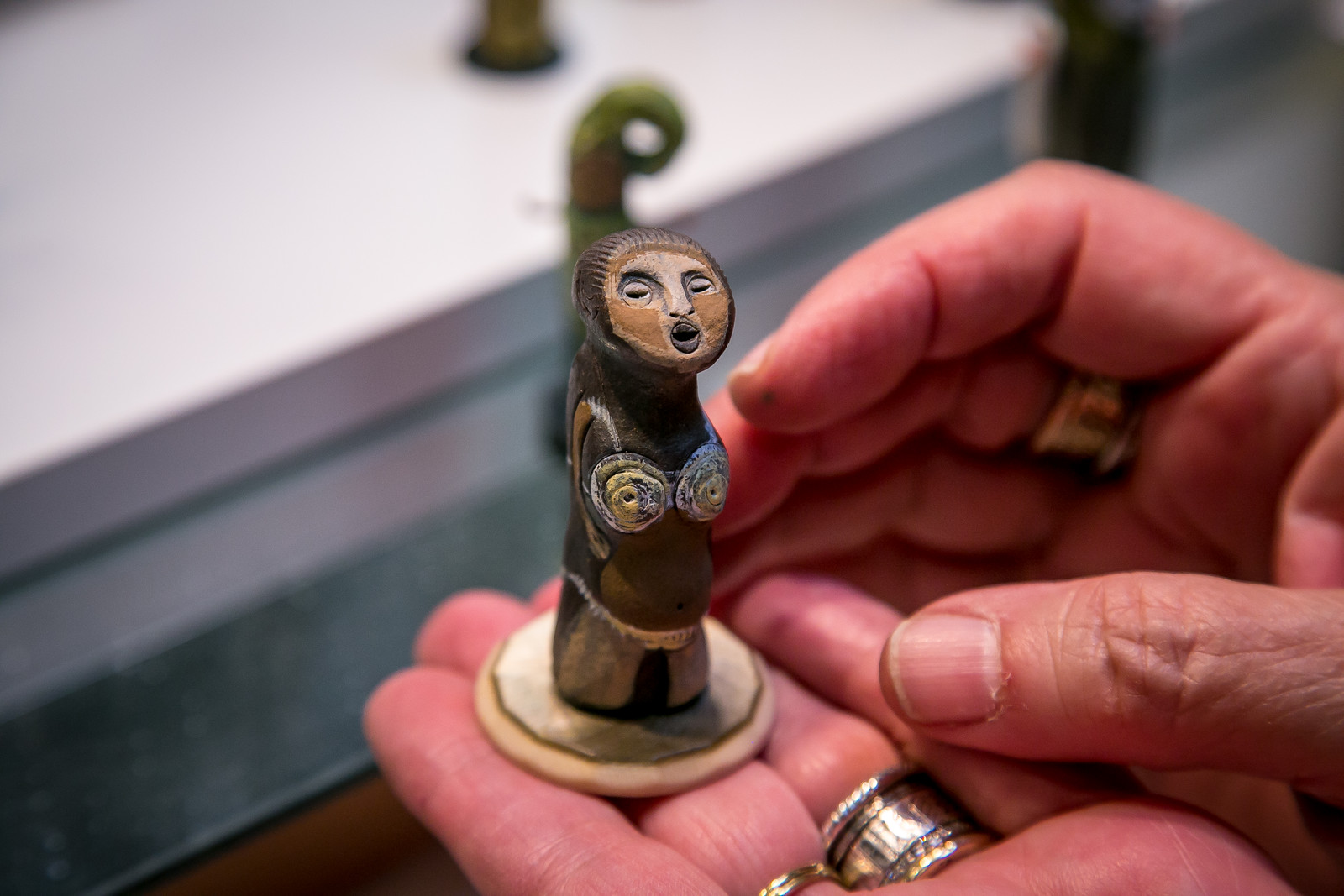
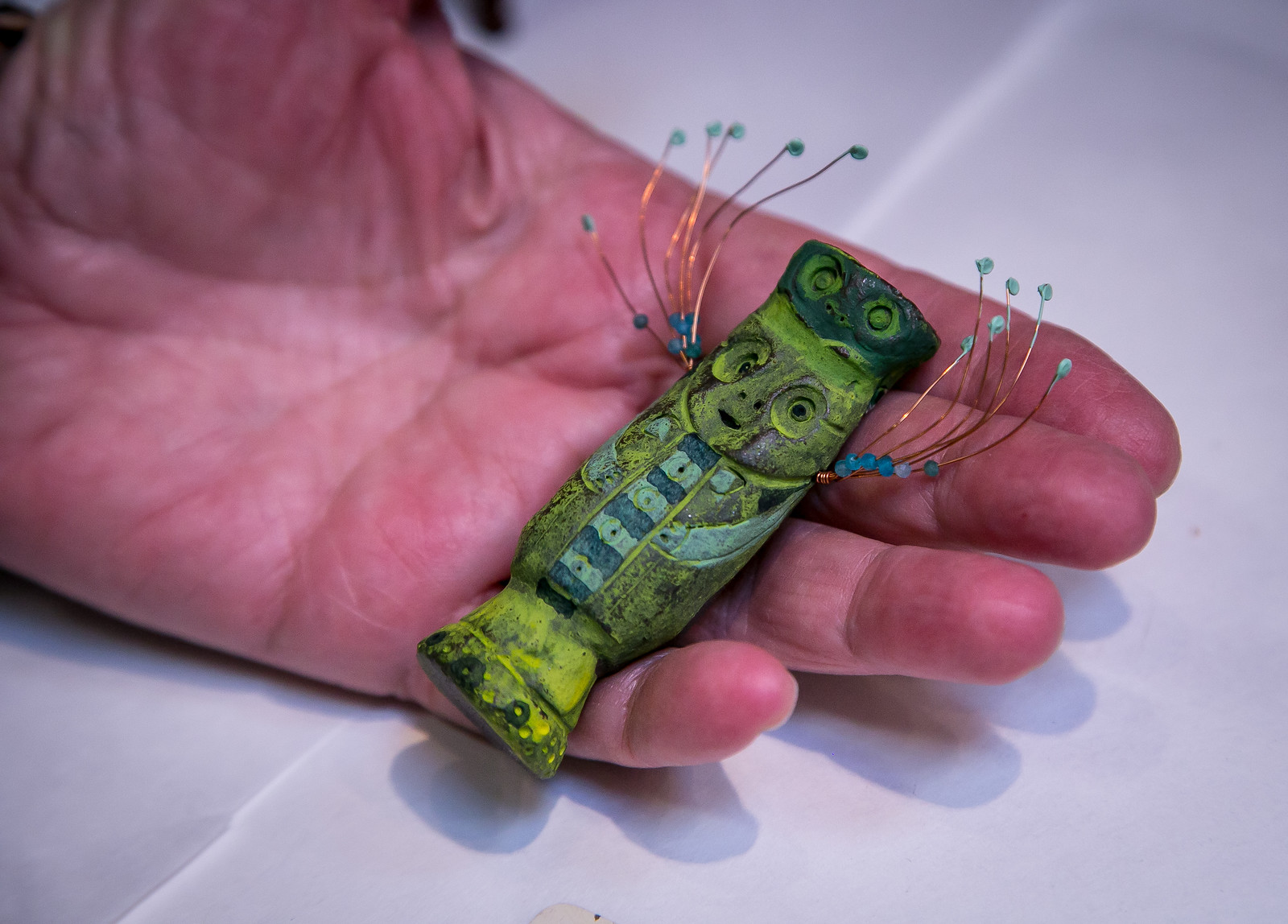
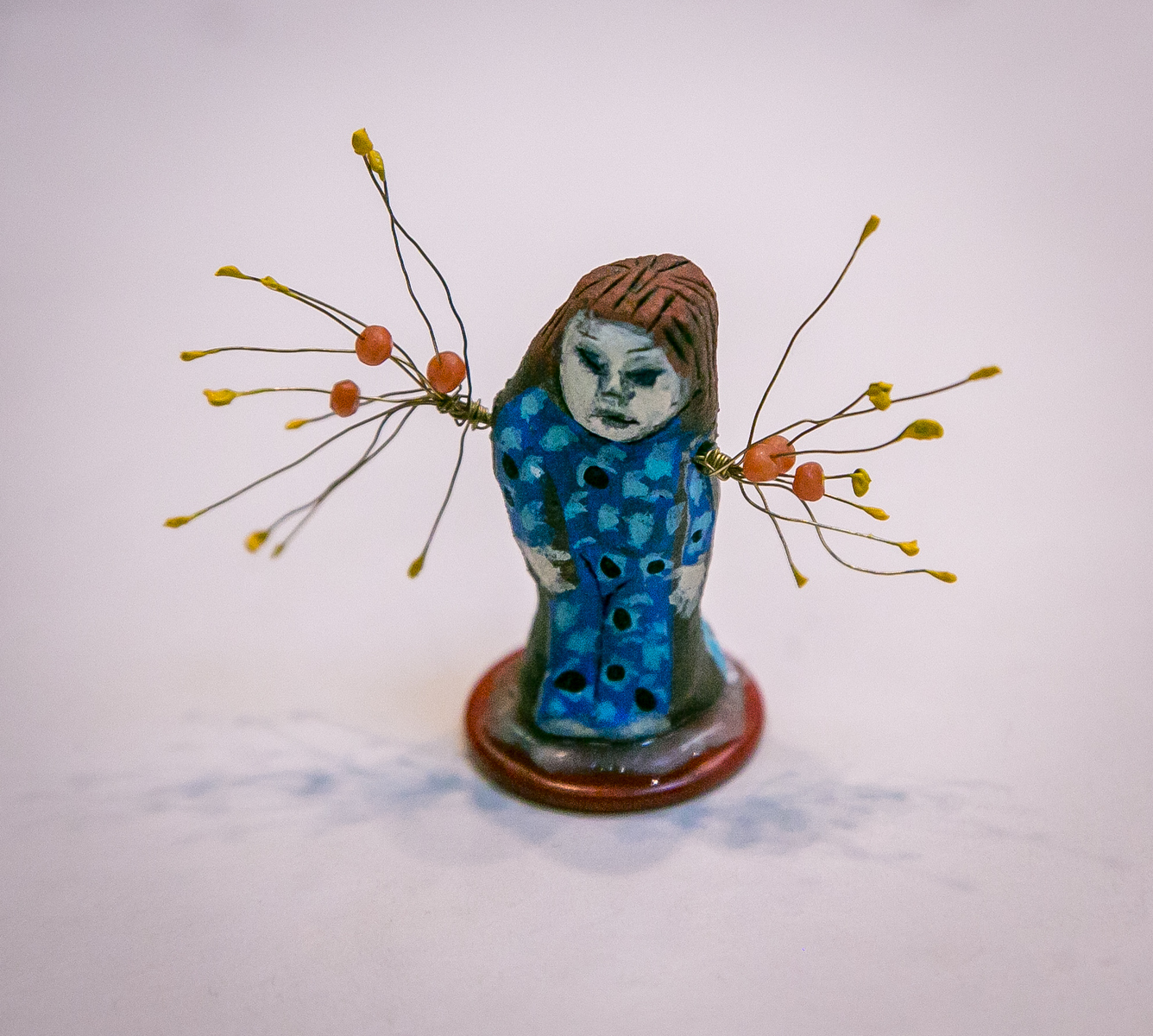
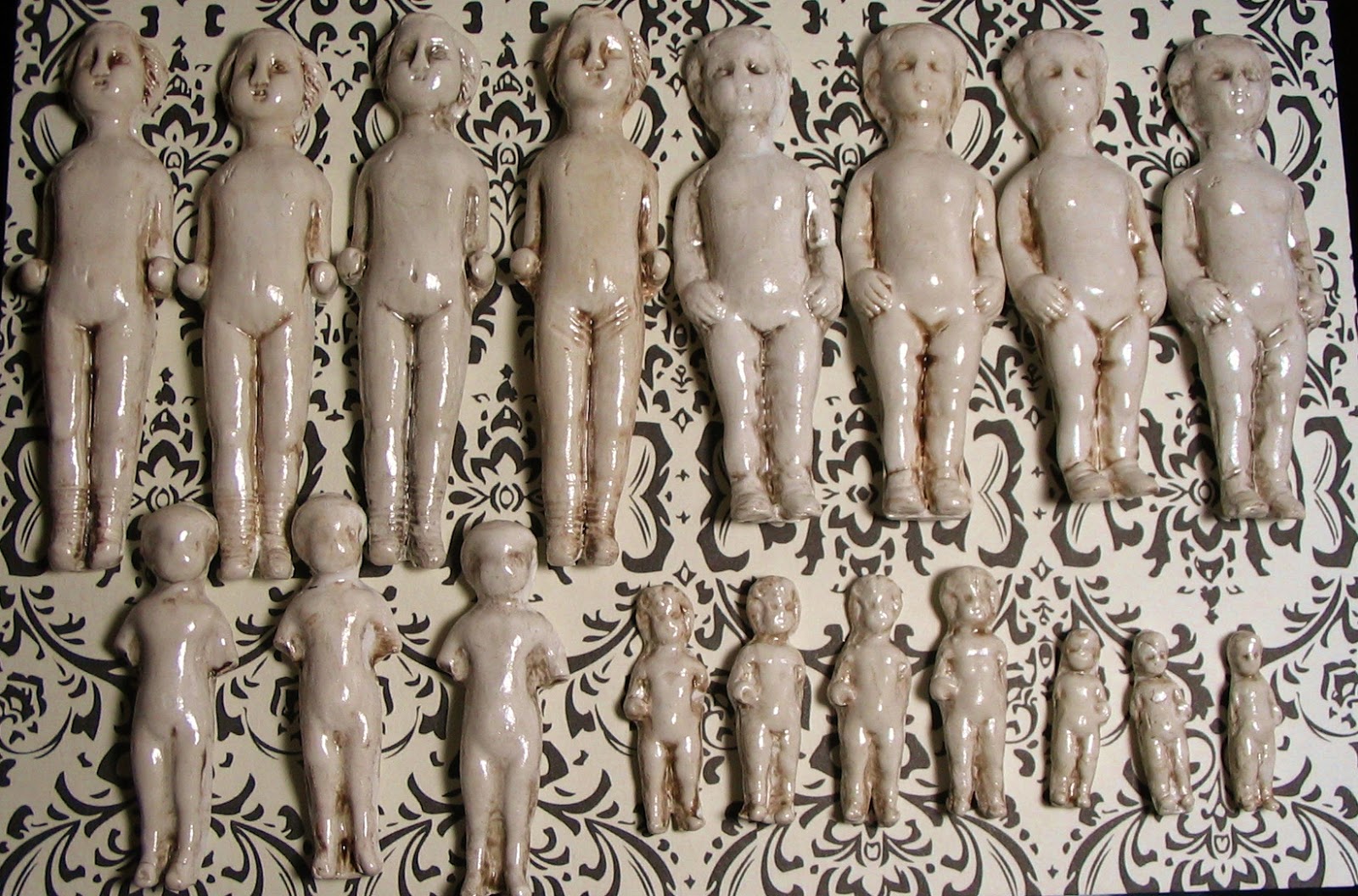
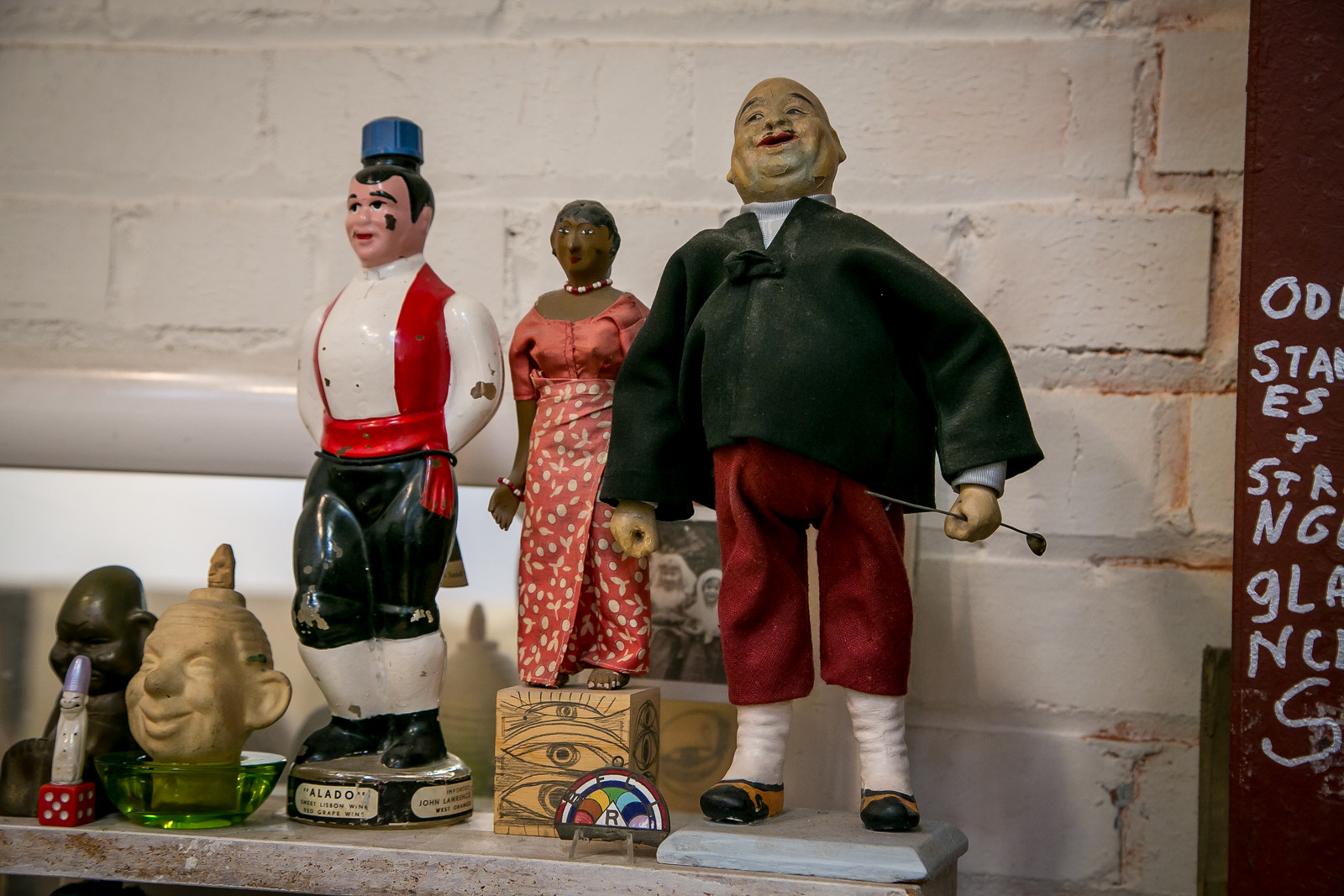

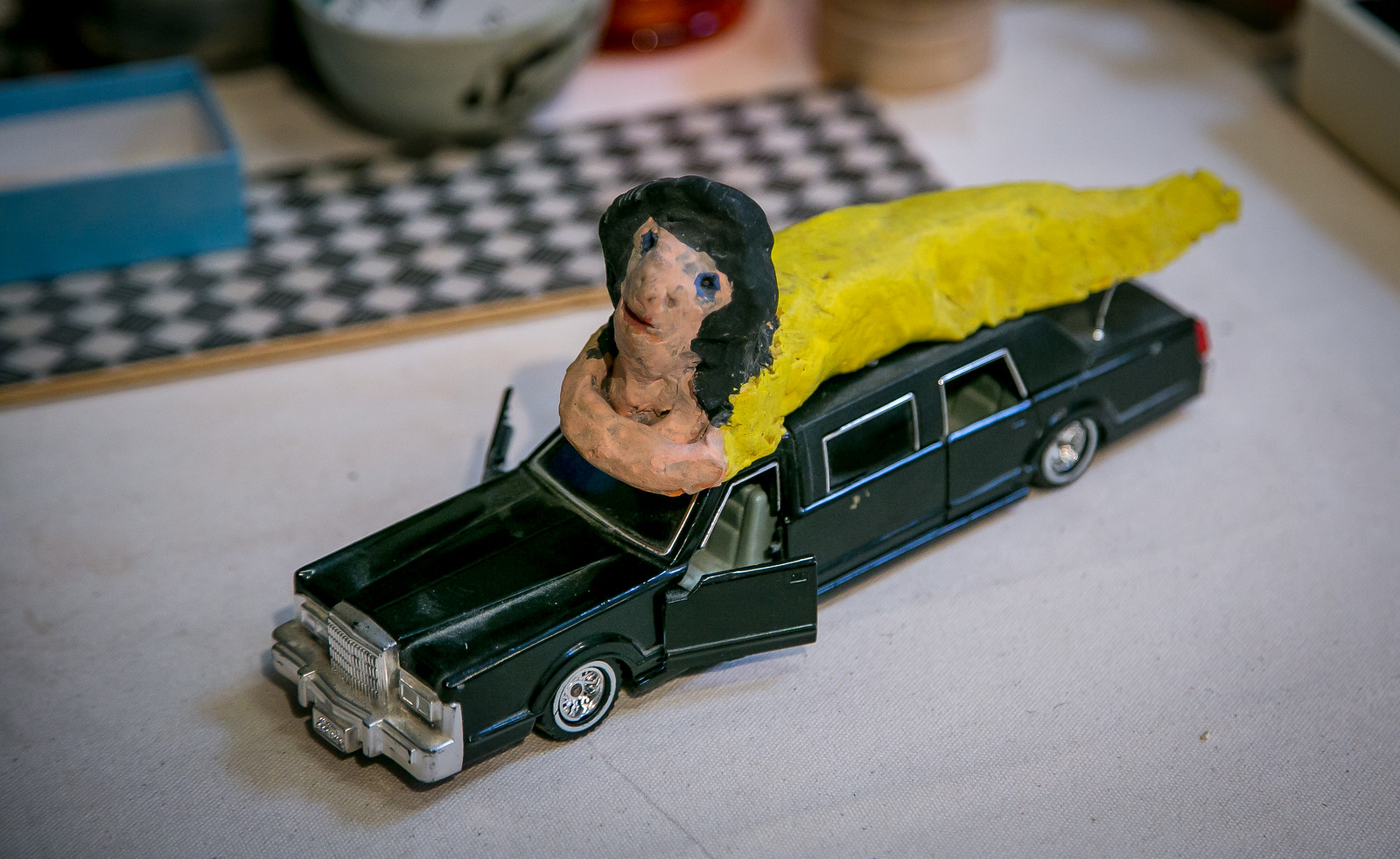
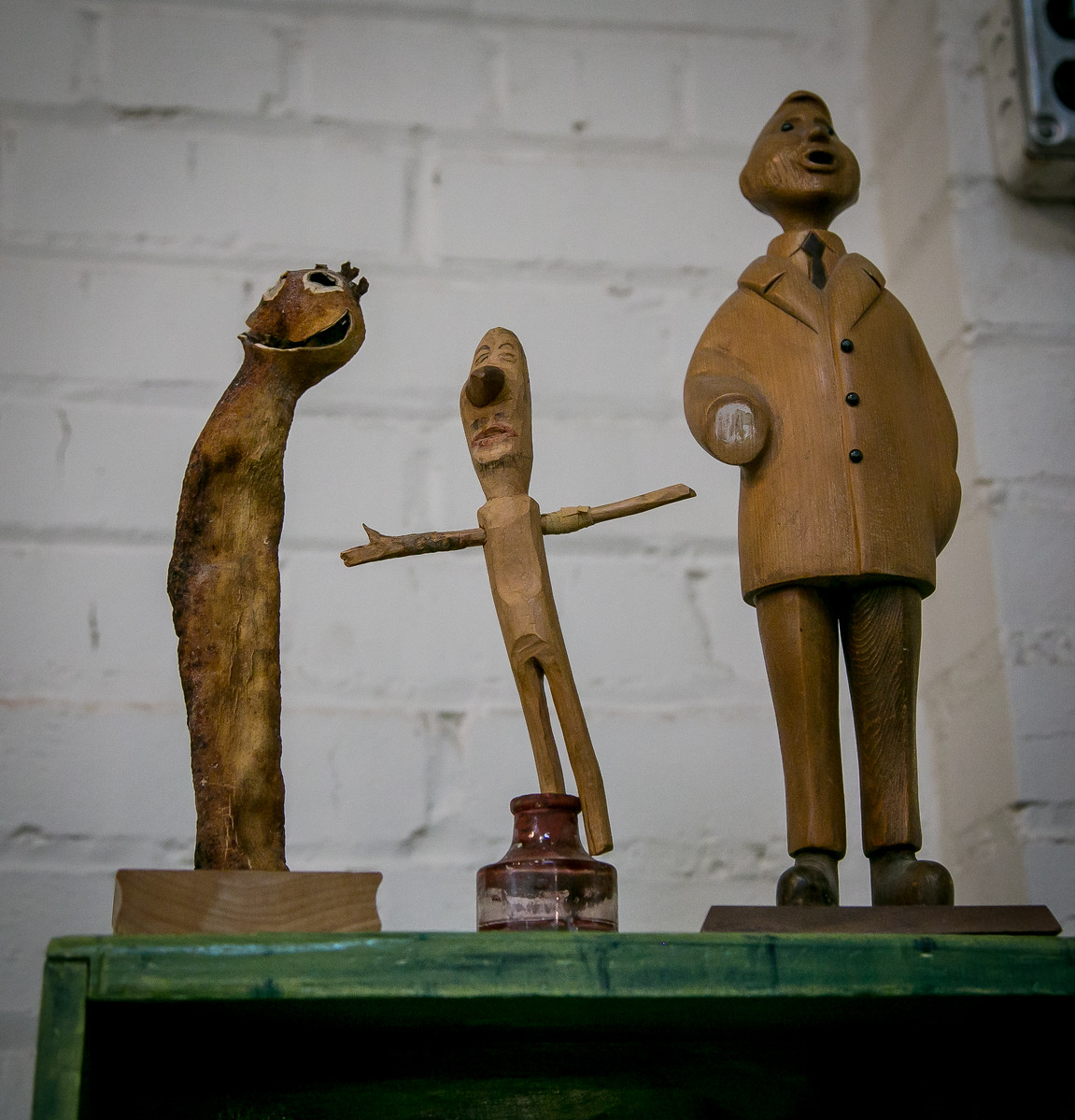
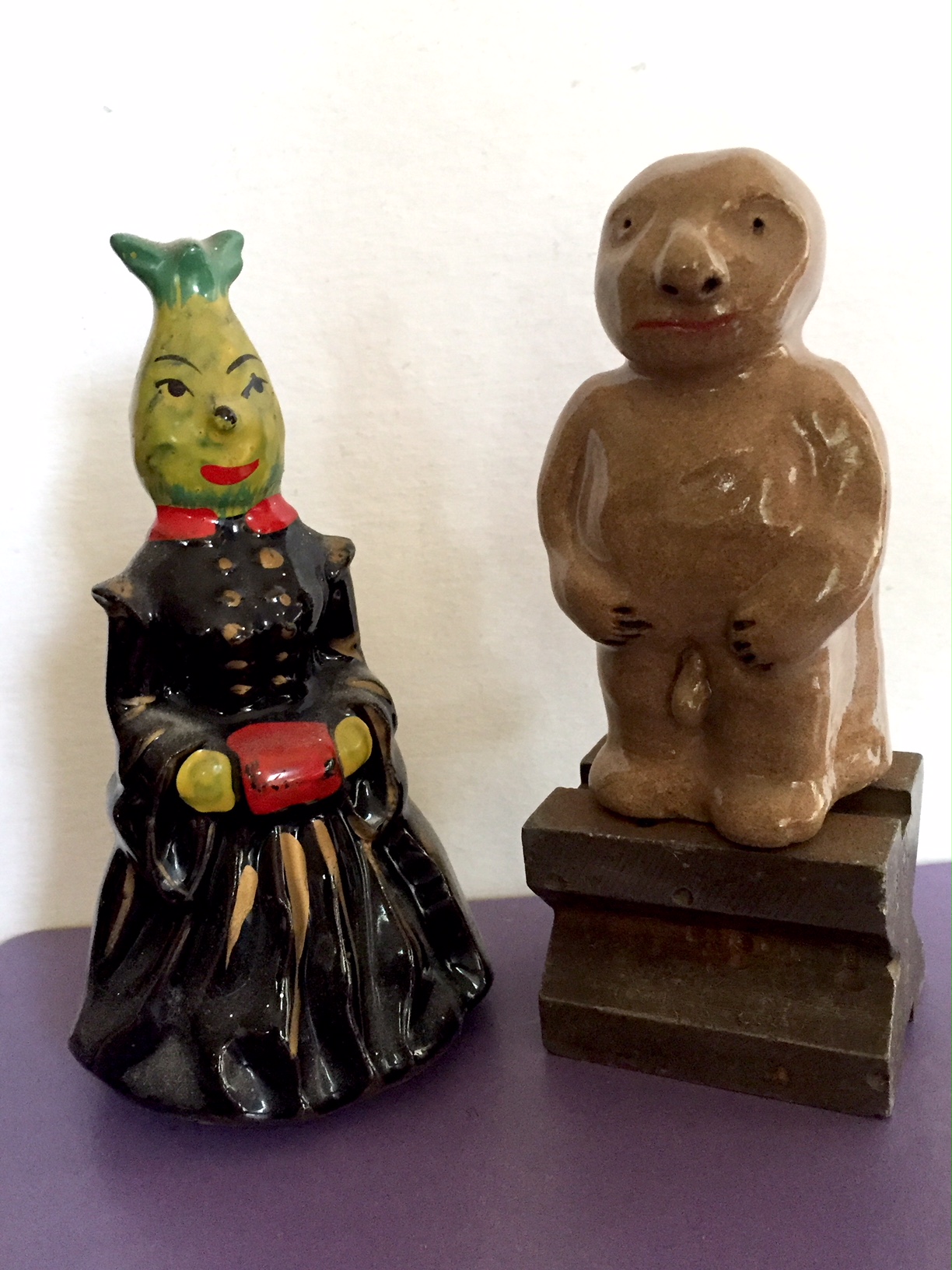

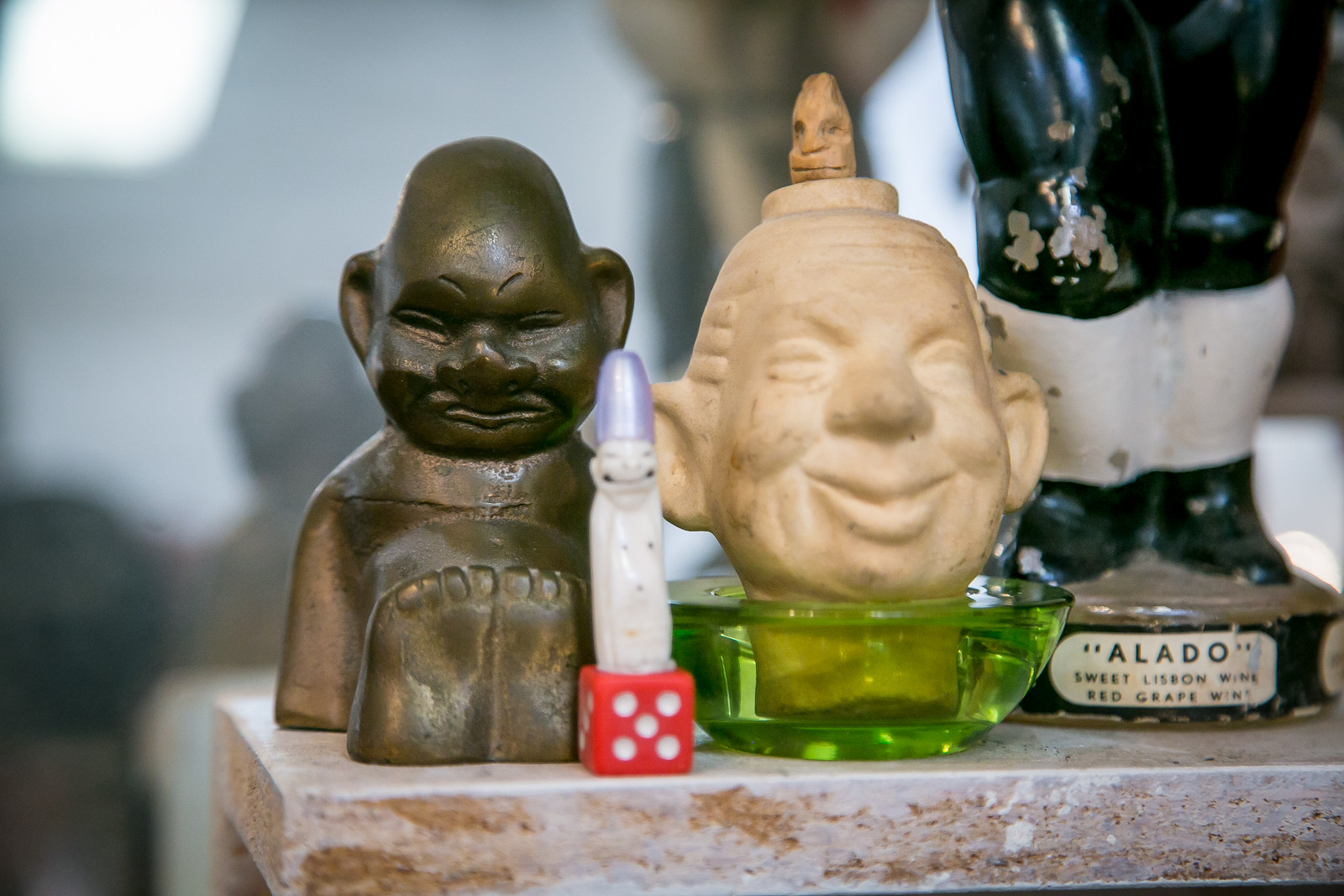
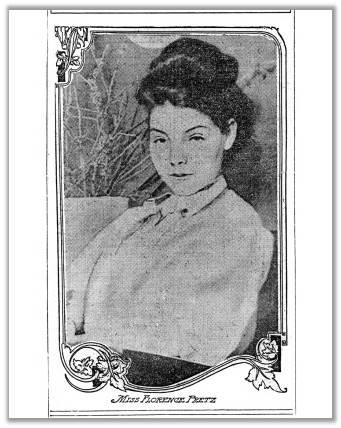
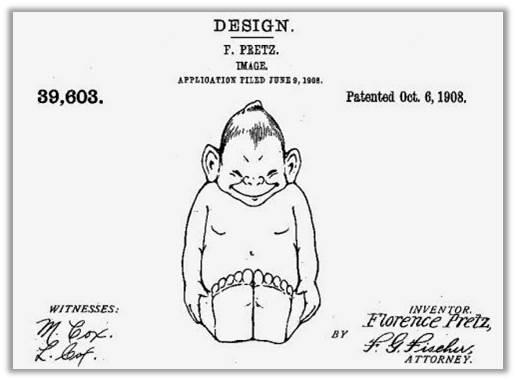
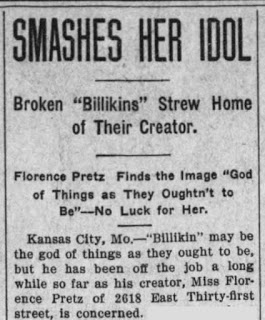
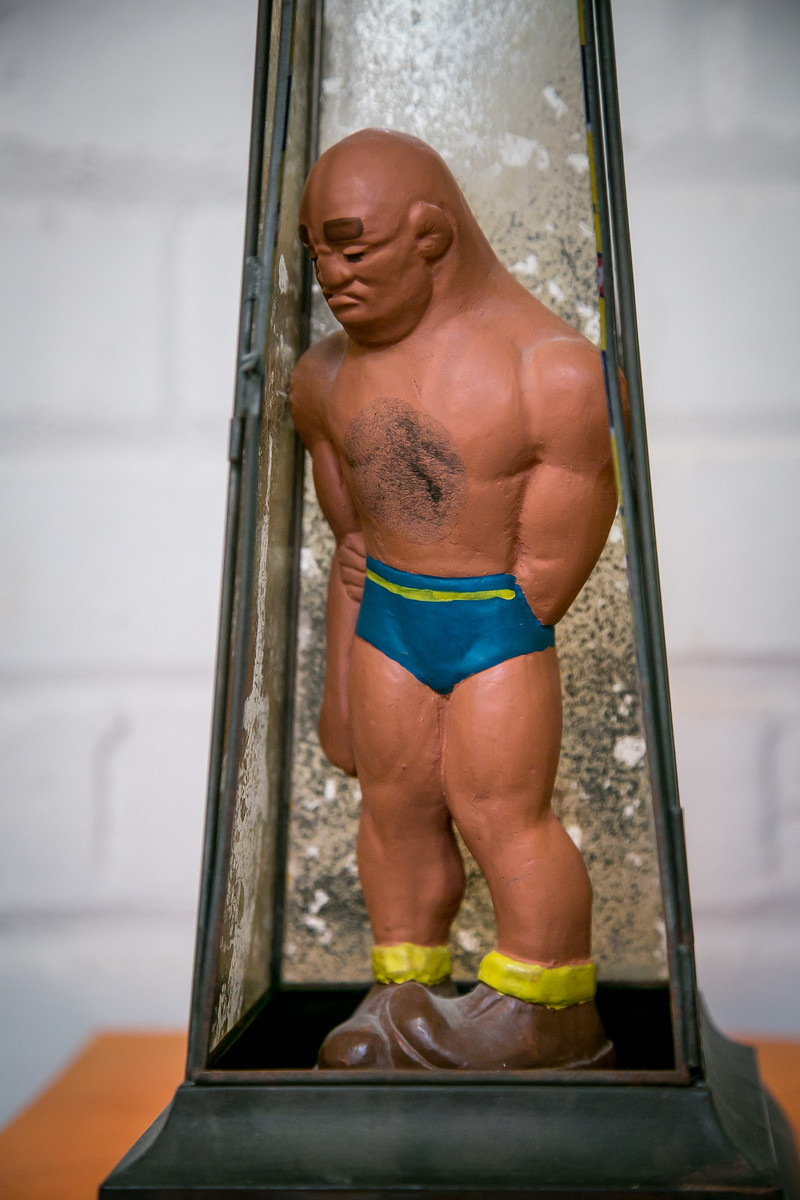
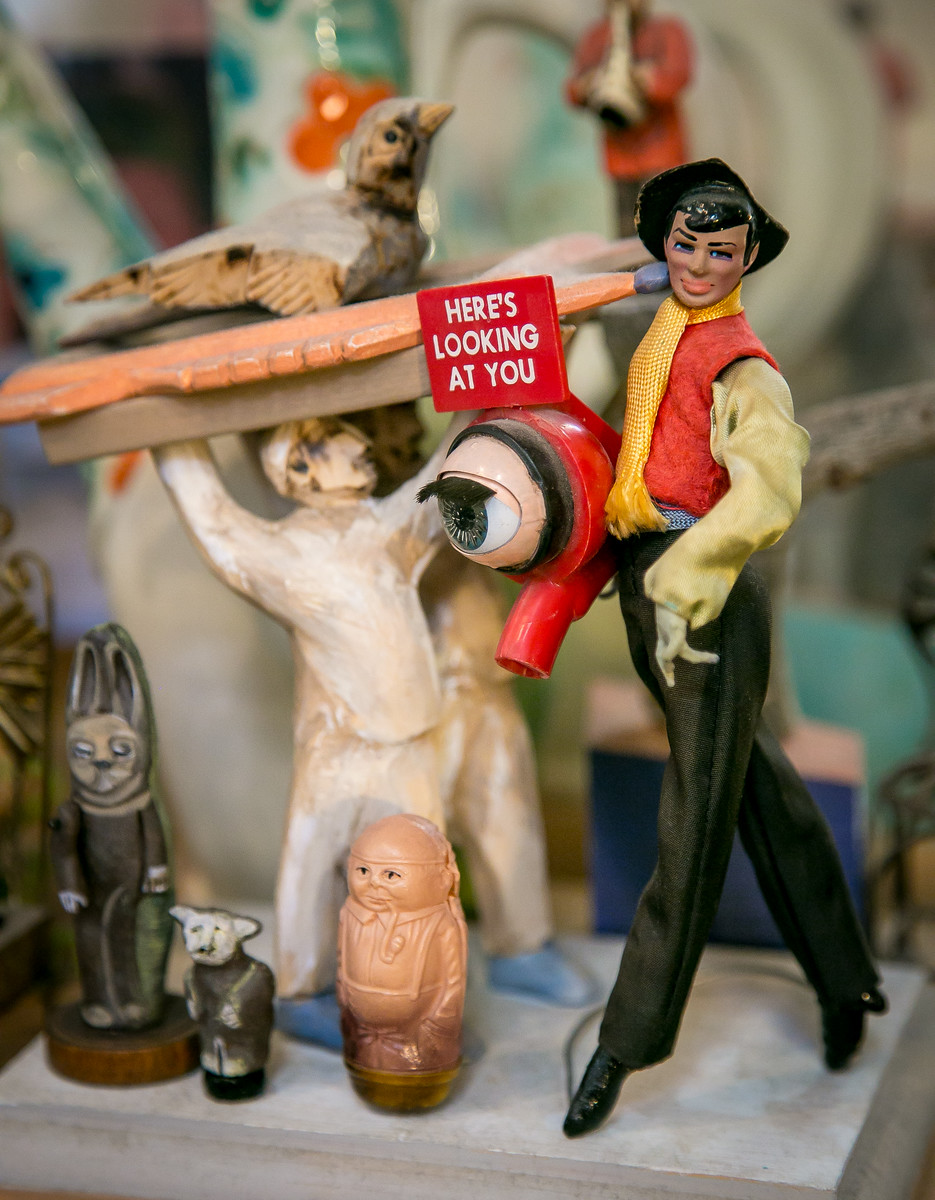
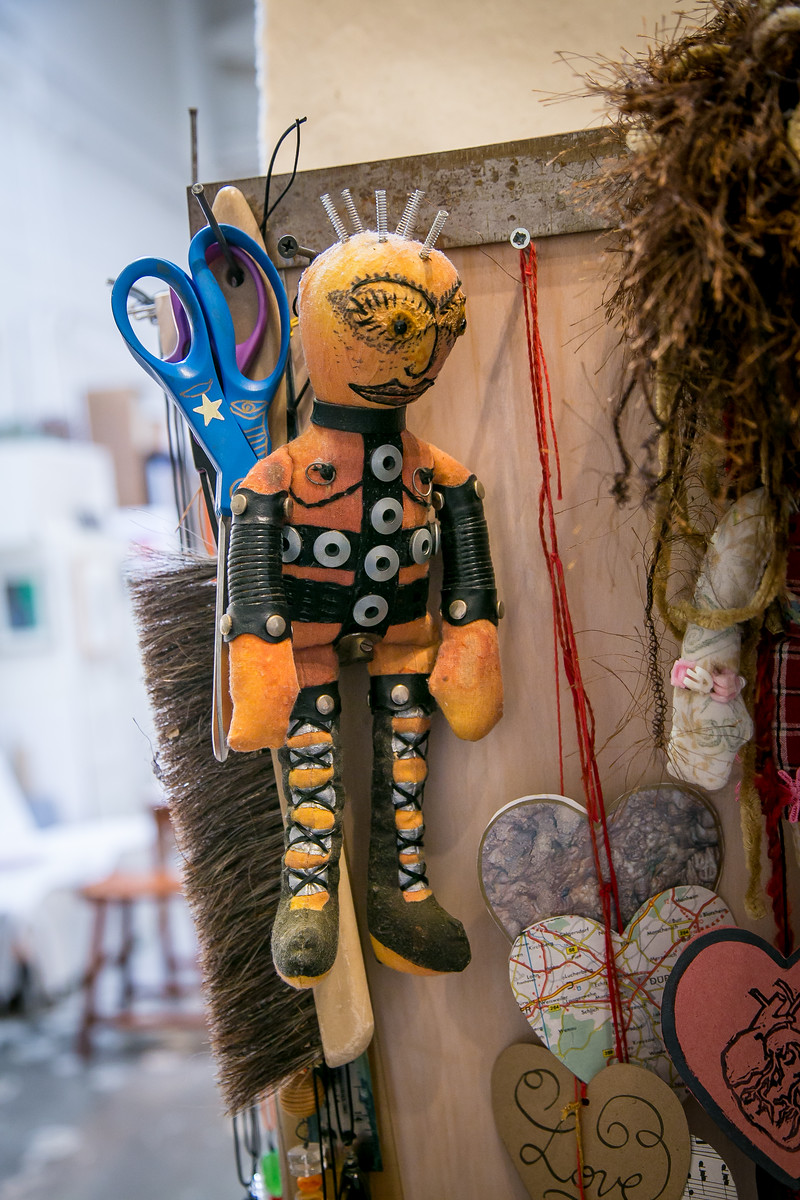
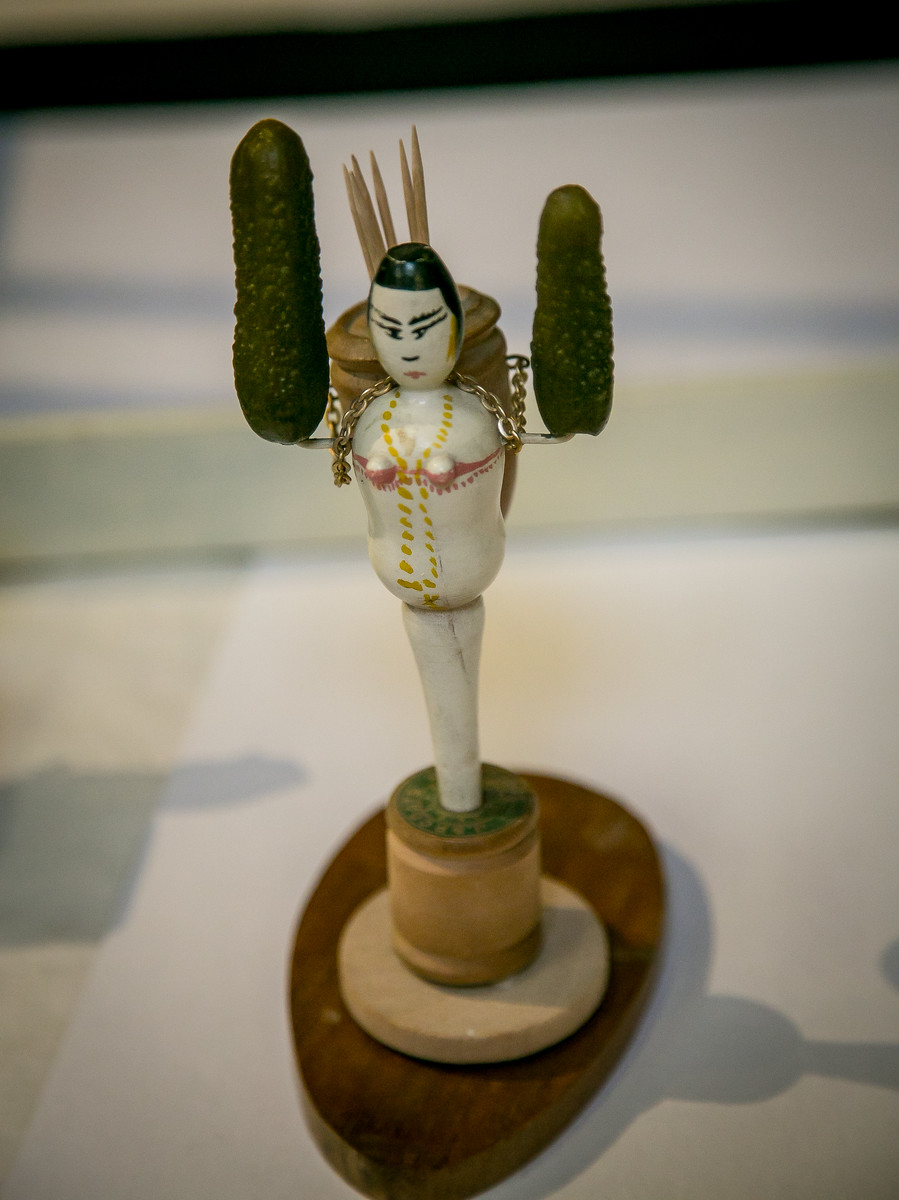
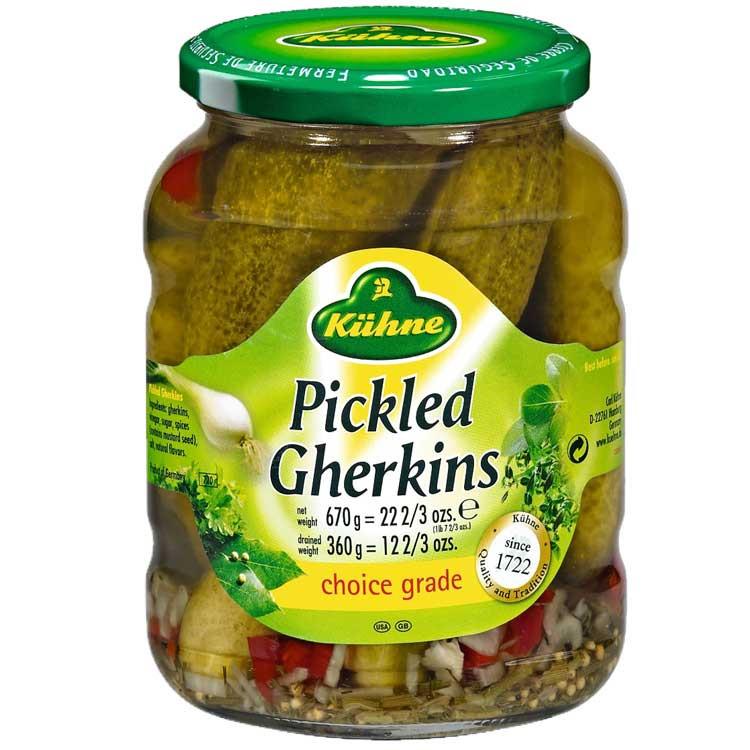
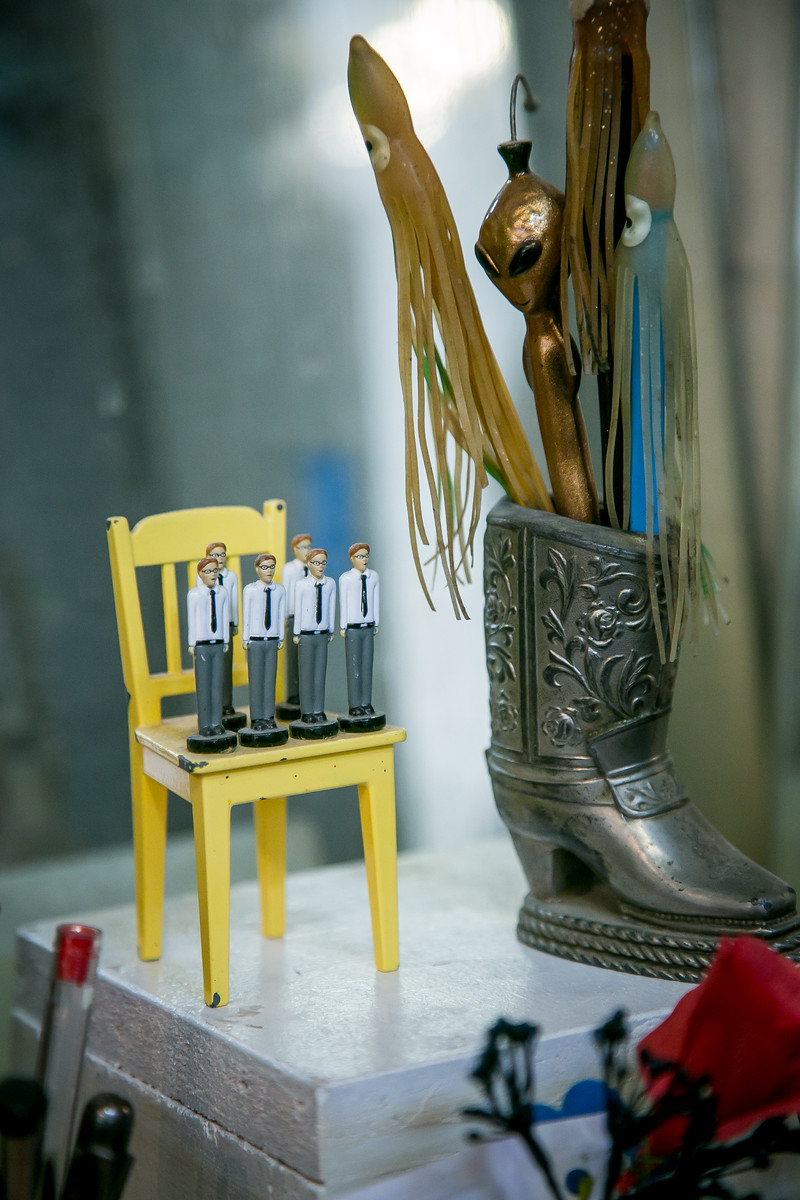
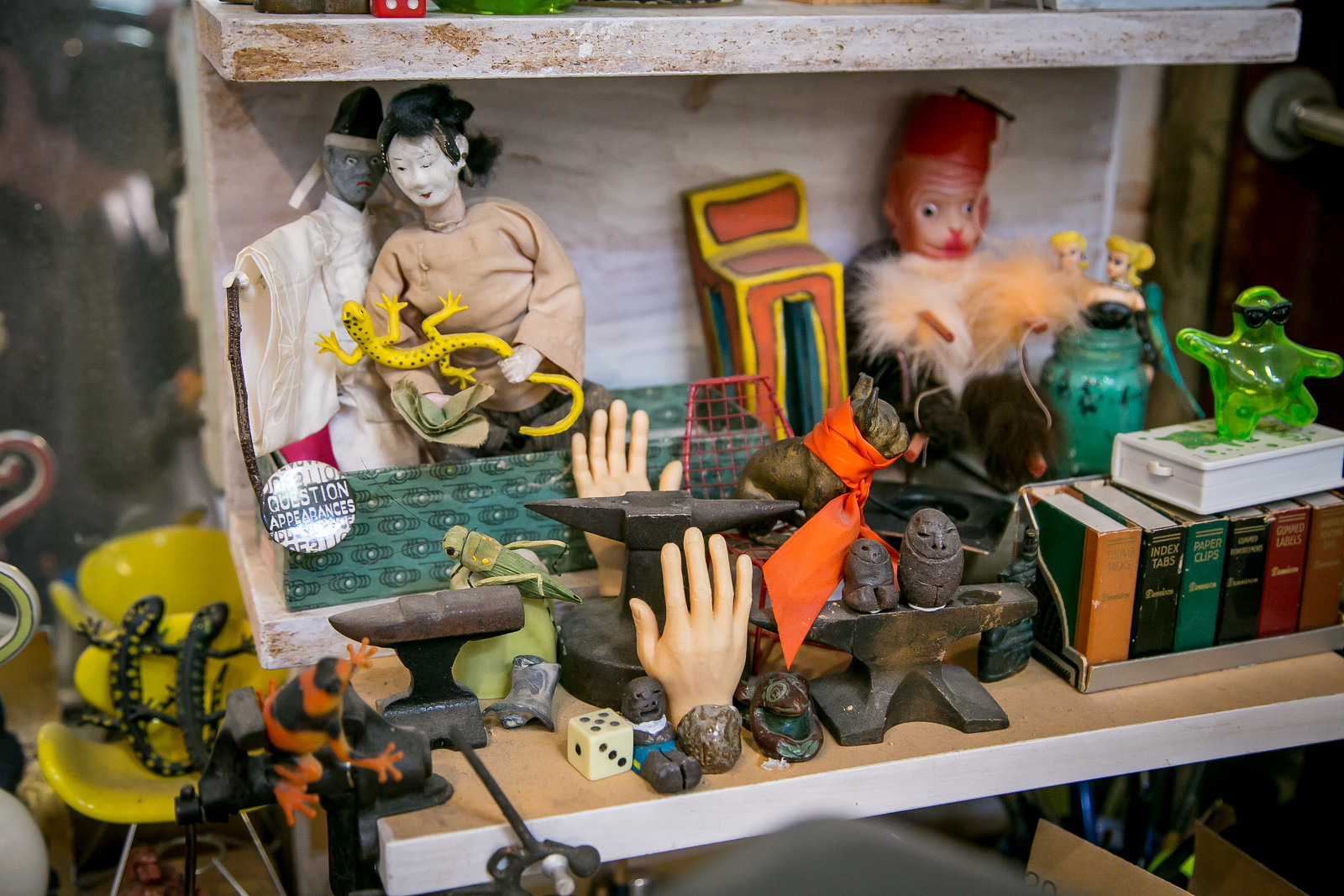
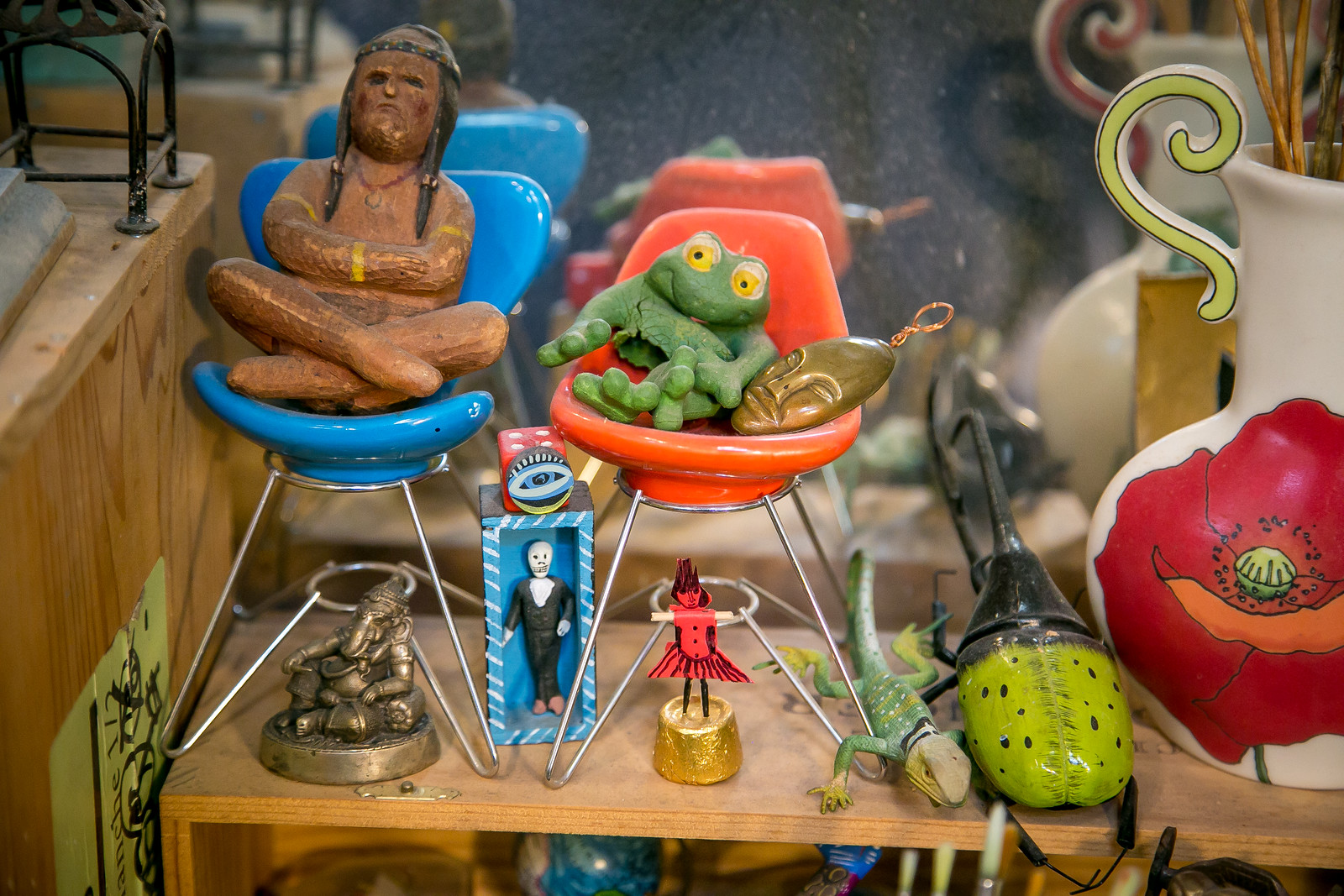
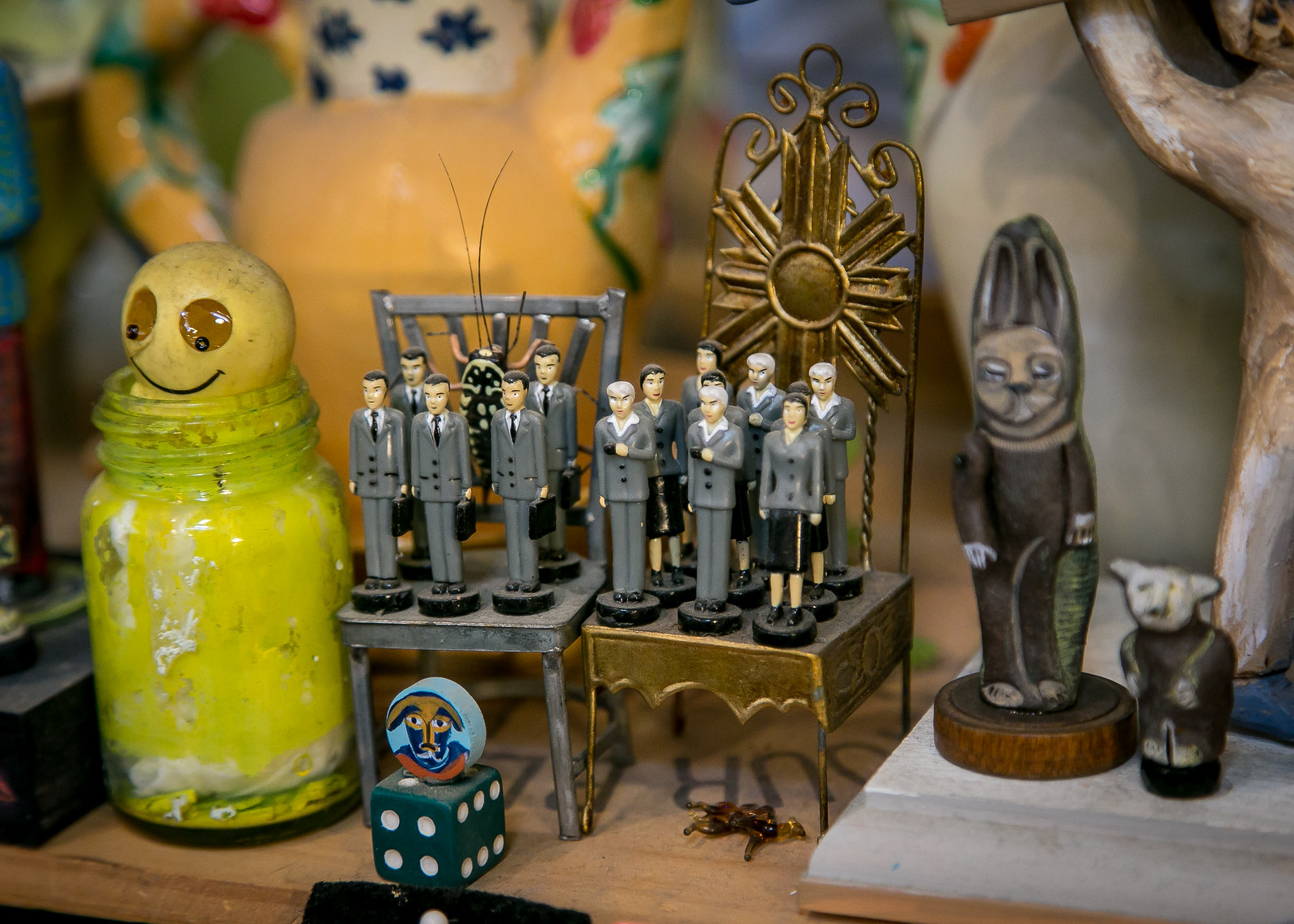
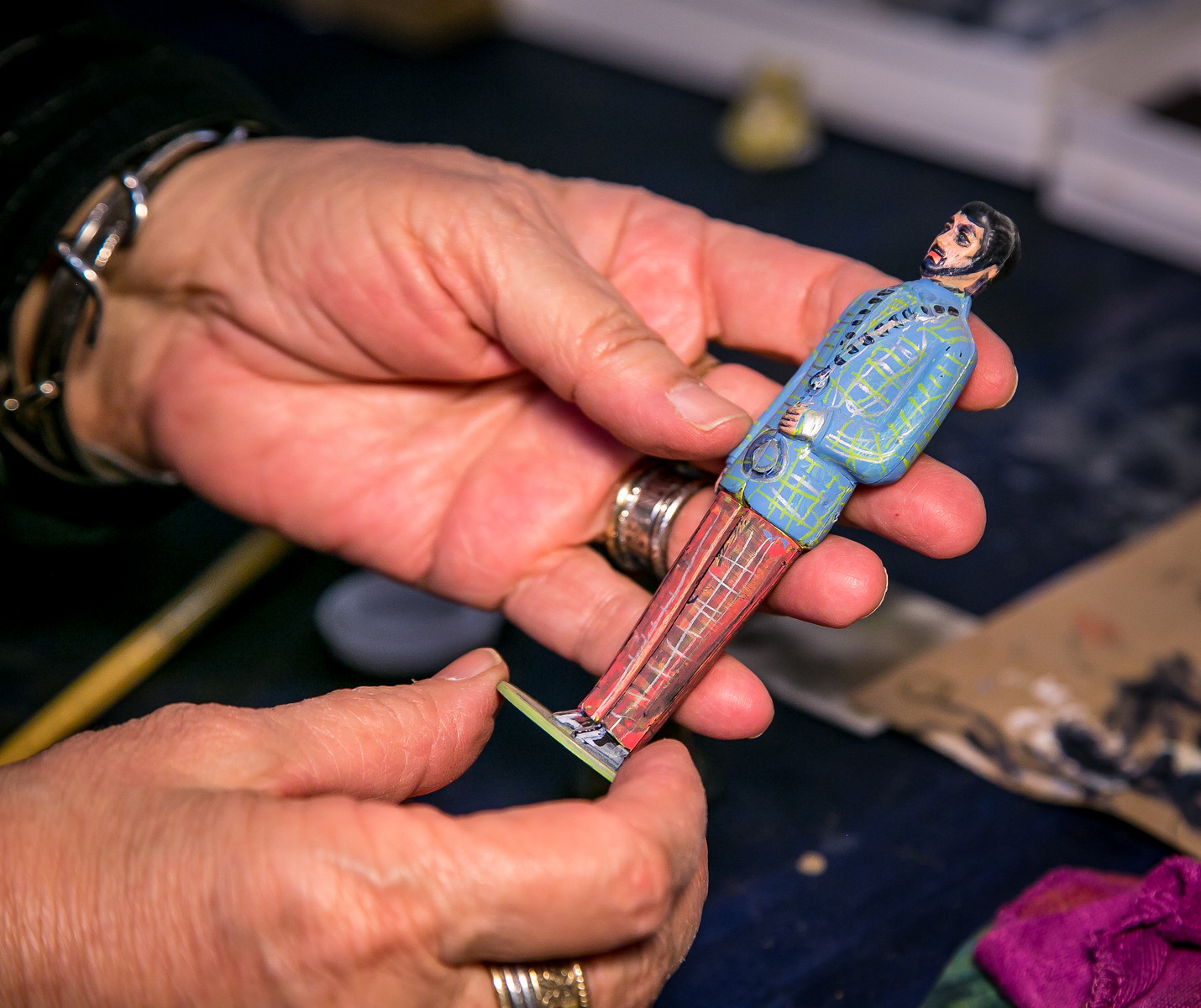
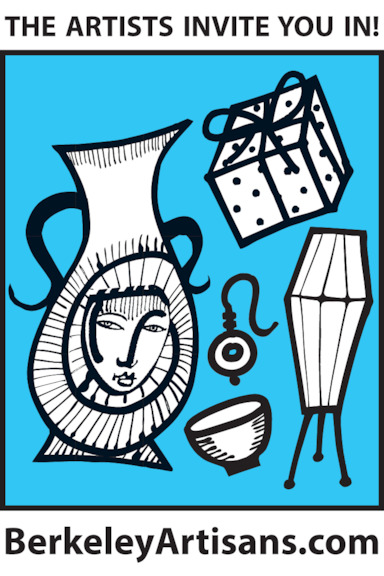
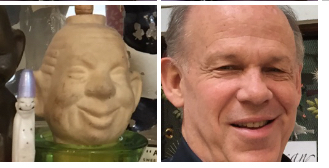
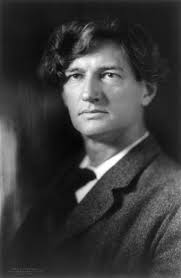
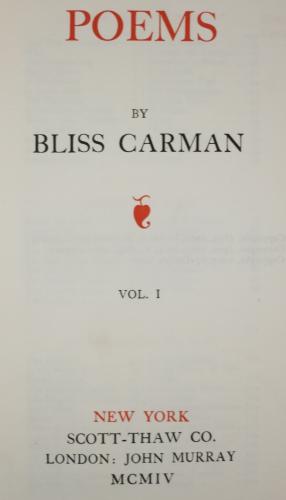
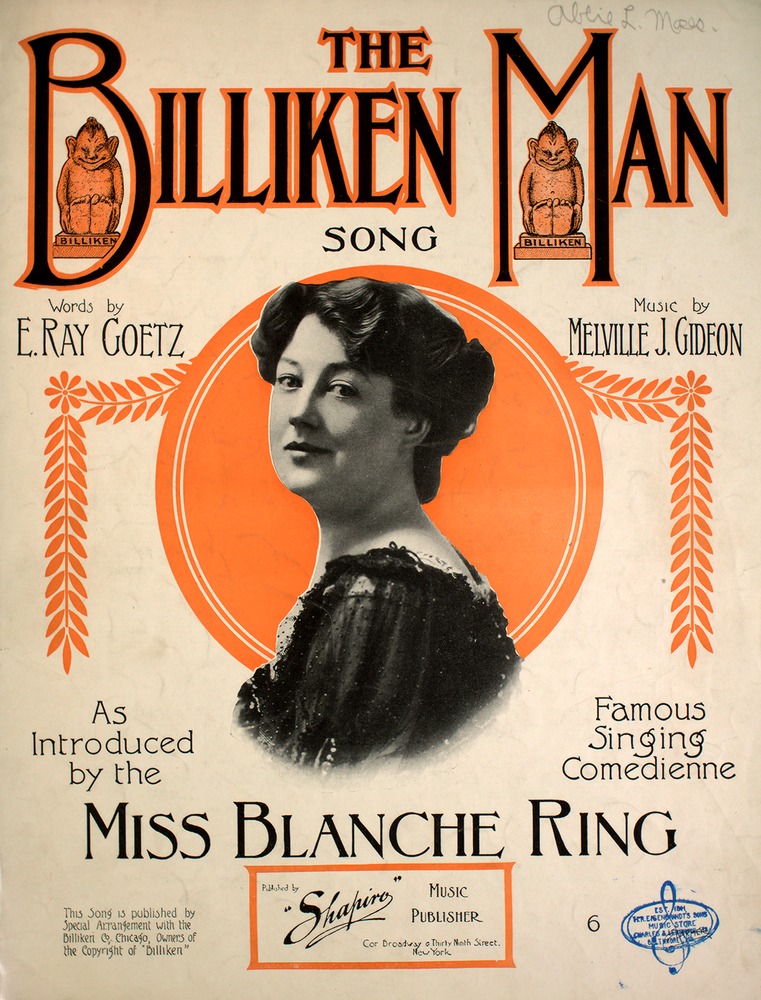
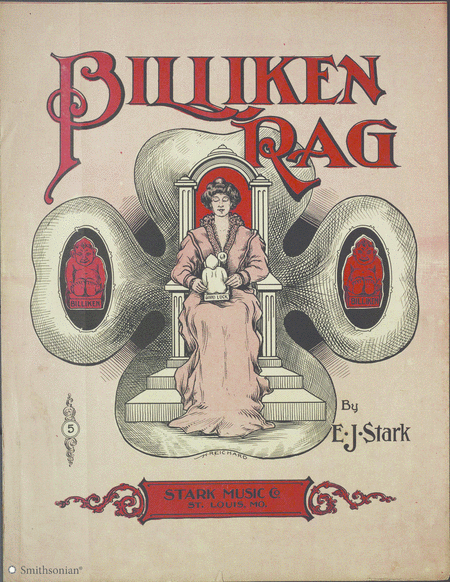
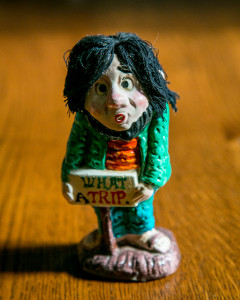
You can never have too many pictures. Thanks.
https://www.roadsideamerica.com/tip/23103
My interest in Billikens comes from a childhood in Fort Richardson , Alaska, outside of Anchorage. My mother collected some indigenous art during the 5 years we lived there. Some of it was scrimshawed ivory jewelry and some of it was billikens, scrimshawed ivory teeth.
http://www.maruskiyas.com/store/products/billikens-andrew-kunayak-sr